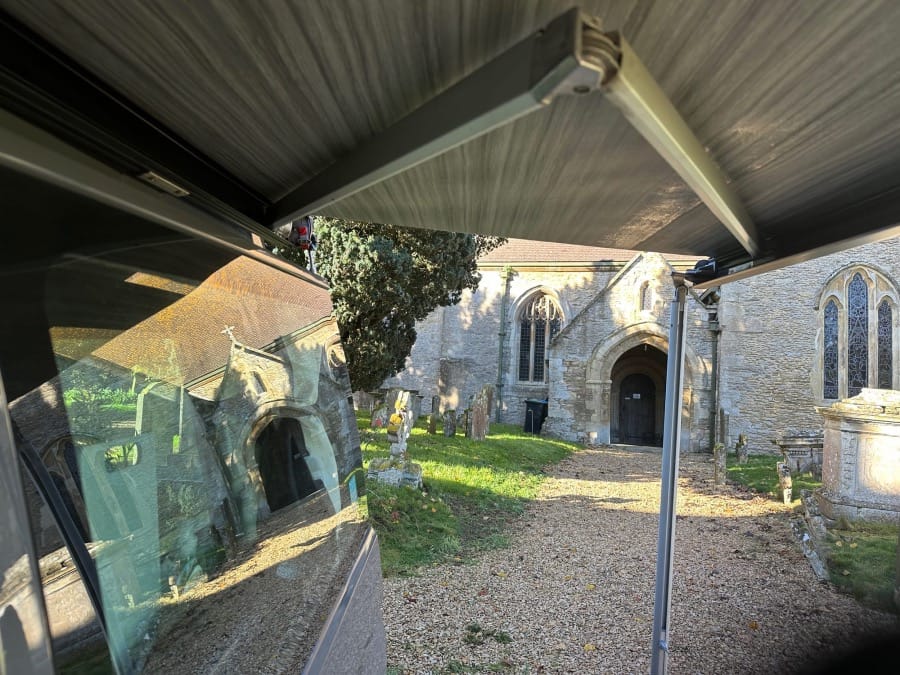
Welcome!
Thanks for coming along
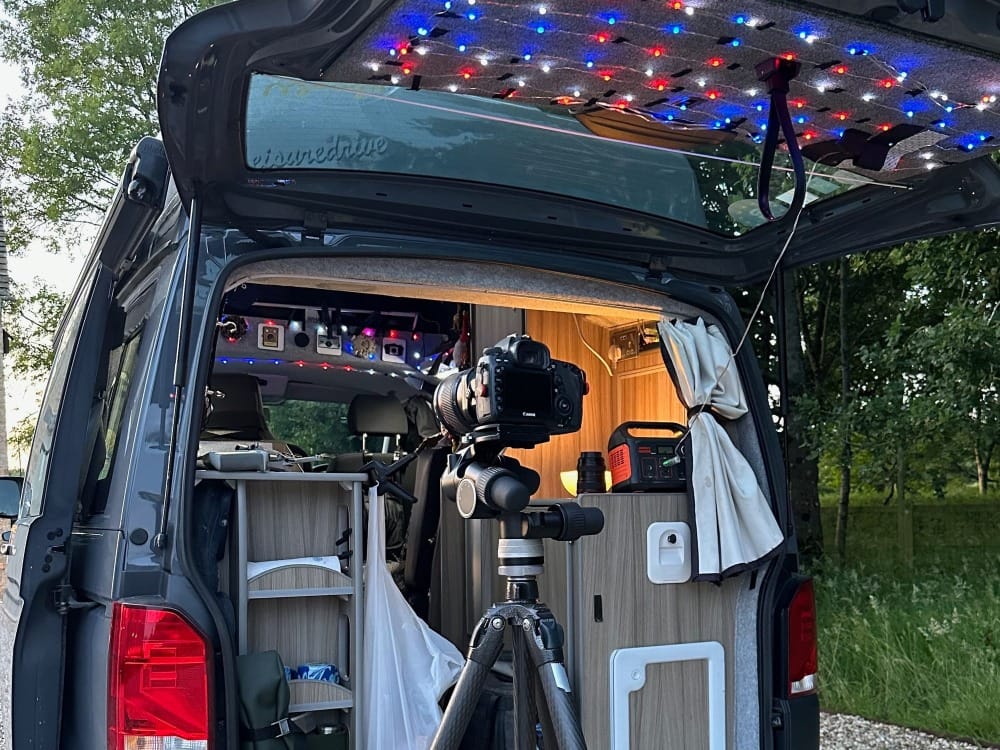
⚡️ View the latest digest and the full archive here.
📐 My Goals ℹ️ Donations Page & Status 📸 MPP Status 🛍️Shop
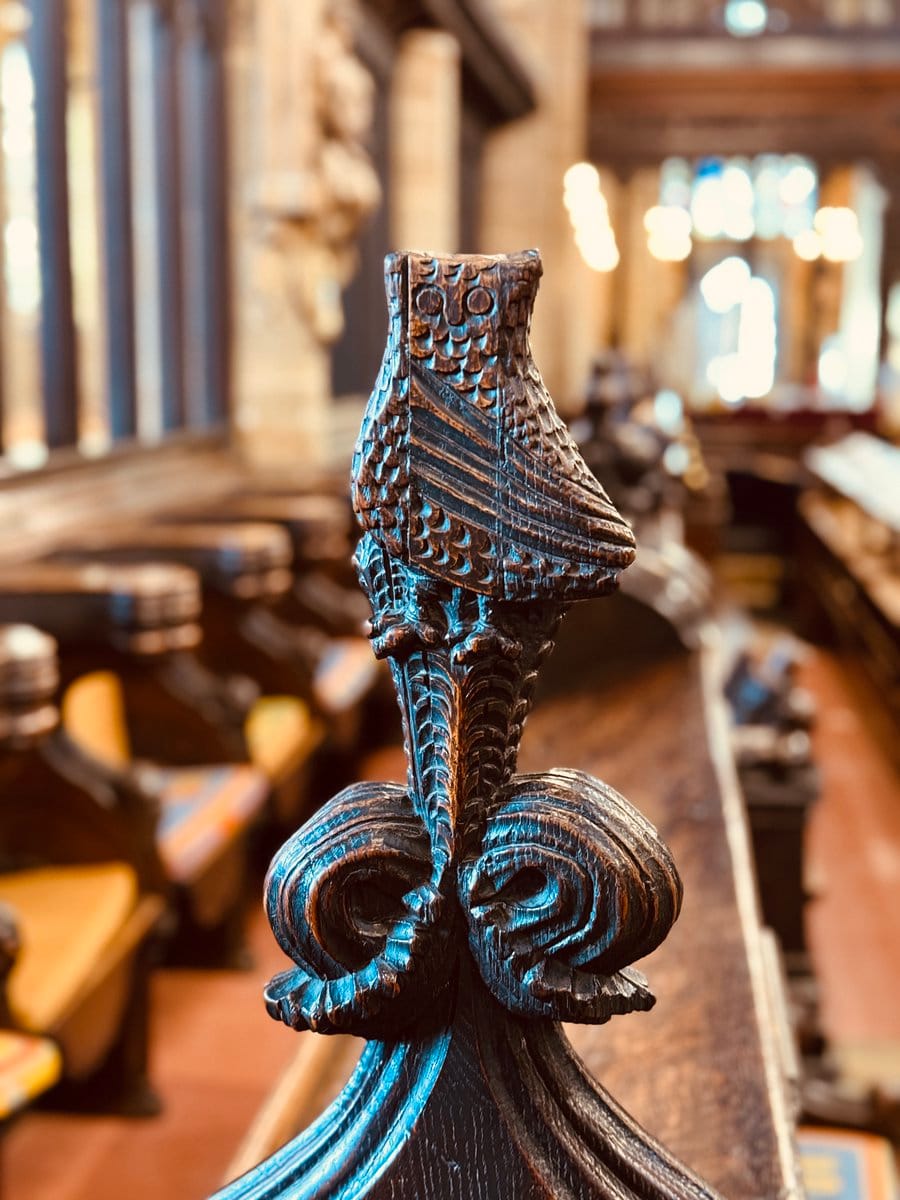
An owl, perched within the choir stalls at Wakefield Cathedral. A watchful presence in oak - part sentinel - holding the sweep of centuries in its carved gaze.
“…for what I wanted was every last thing, every layer of speech and thought, stroke of light on bark or walls, every smell, pothole, pane, crack, delusion, held still and held together, radiant, everlasting."
Alice Munro: The Lives of Girls and Women
Kingdoms of Pure Poetry
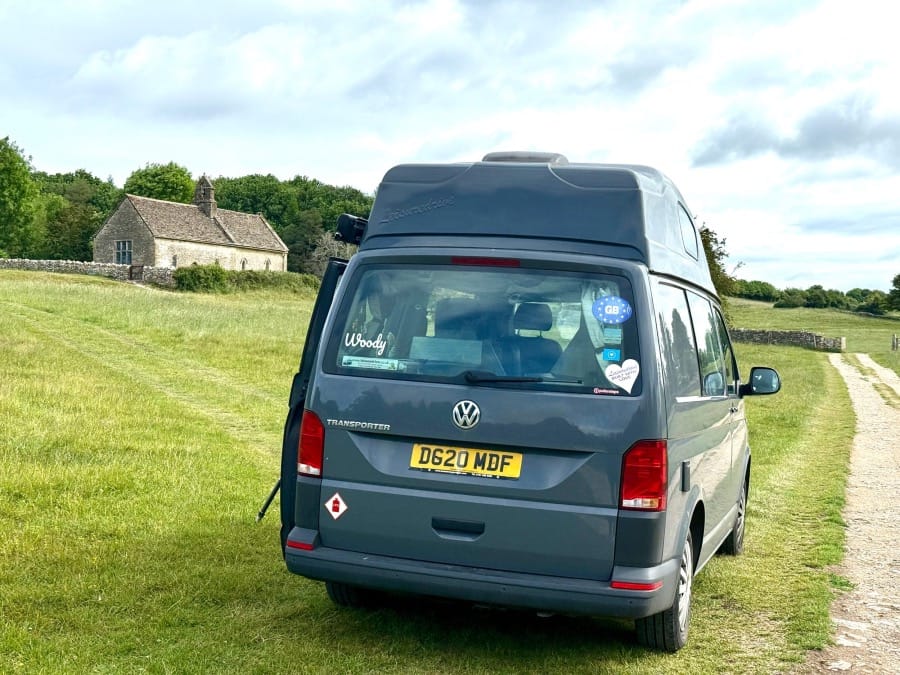
I’ve just finished photographing St. Oswald’s in Widford, Oxfordshire, and, whilst I put my gear away in the stow of the camper van, I remember one of the first times that I saw this beautiful church. This time it’s at the other end of the season’s threshold, on the hinge of the winter solstice.
There’s something about the act of looking from a wide yawning summer day into a memory pocket of subdued winter light. It’s akin to reading a book of poetry by torchlight beneath a cozy duvet, or observing a group of friends huddled around the warm light of a hearth through a window.
On that day, I awoke early, turned the camper van around, and set off towards Burford along the back road through Swinbrook. The sun was still tucked away beneath a blanket of mist that gave a sharp definition to the light streaming from the van headlamps as I headed west. Every now and then, the fog bank cleared and the Windrush appeared like a silver ribbon to the right of me, wending its way along the valley bottom.
Having climbed a little higher, I looked back to find Swinbrook cradled in the valley mist - the light gathering above it like a benediction, its little church miniaturised, as if it had been placed there by hand.
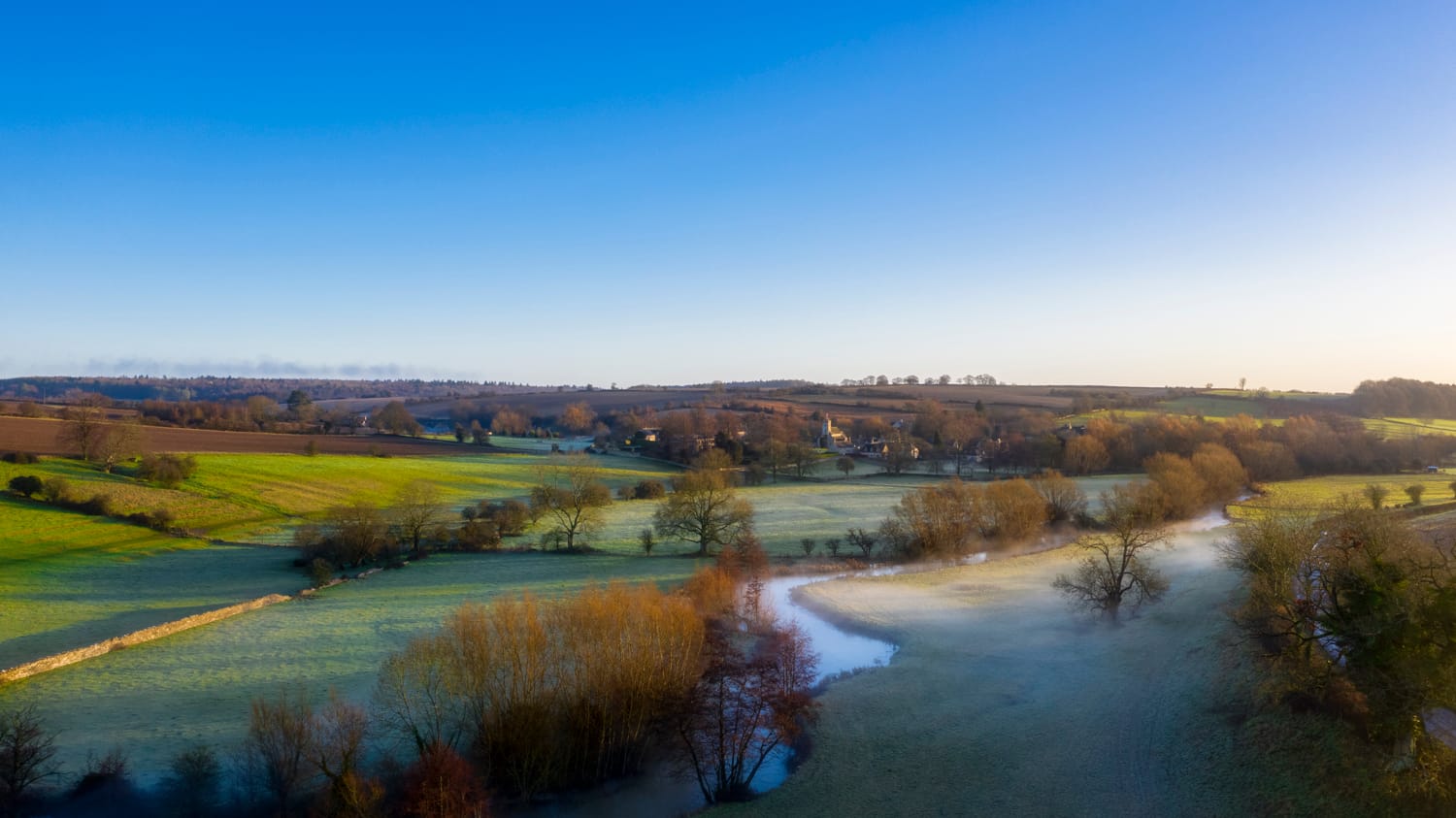
And then the magic started to happen - at first a cuticle sun and then a golden disc.
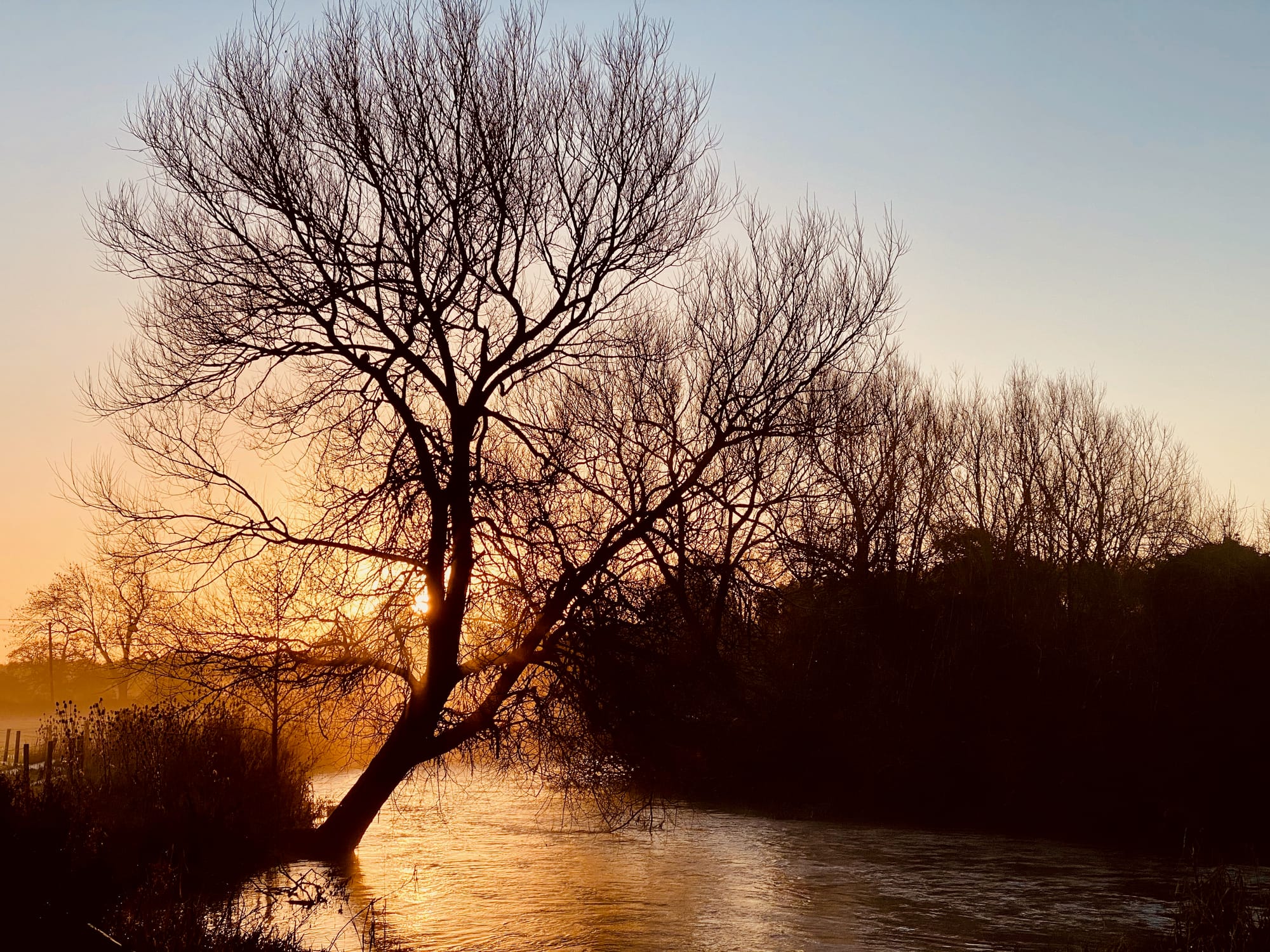
The colour temperature changed from a bluish tint to a golden hue, and the landscape started to suck in the colour as it rose beyond the fog bank. There were several moments where the fog became a container of light, a soft-skinned lantern glow segmented by tree shadows.
It was during this time that I saw something akin to a mirage. I pulled over and walked back to the spot that afforded a glimpse through the hedge. Across the valley, a thick bank of fog was making its way into the cooler climes of the river basin, and as it moved, its revealing and concealing conjured up the briefest of glimpses of a singular building rising from the landscape. From the van, its pinkish hue gave it the appearance of a pan-tiled Roman villa - before it was shrouded once again by the fog.
Whilst I stood and waited for its return, I envisioned notions of time loosening its grip - of fog as a veil not just over landscape, but over centuries. Out here, in this liminal hour, the mist behaved like memory: shifting, partial, and full of suggestion. It felt possible - just for a moment - to step through it and arrive somewhere else entirely.
And then, I sensed a lifting of the light, and within a few seconds a chiaroscuro: the light shapeshifting around a form which, with each passing moment, became more defined.
And then, there it was: St. Oswald’s, Widford.
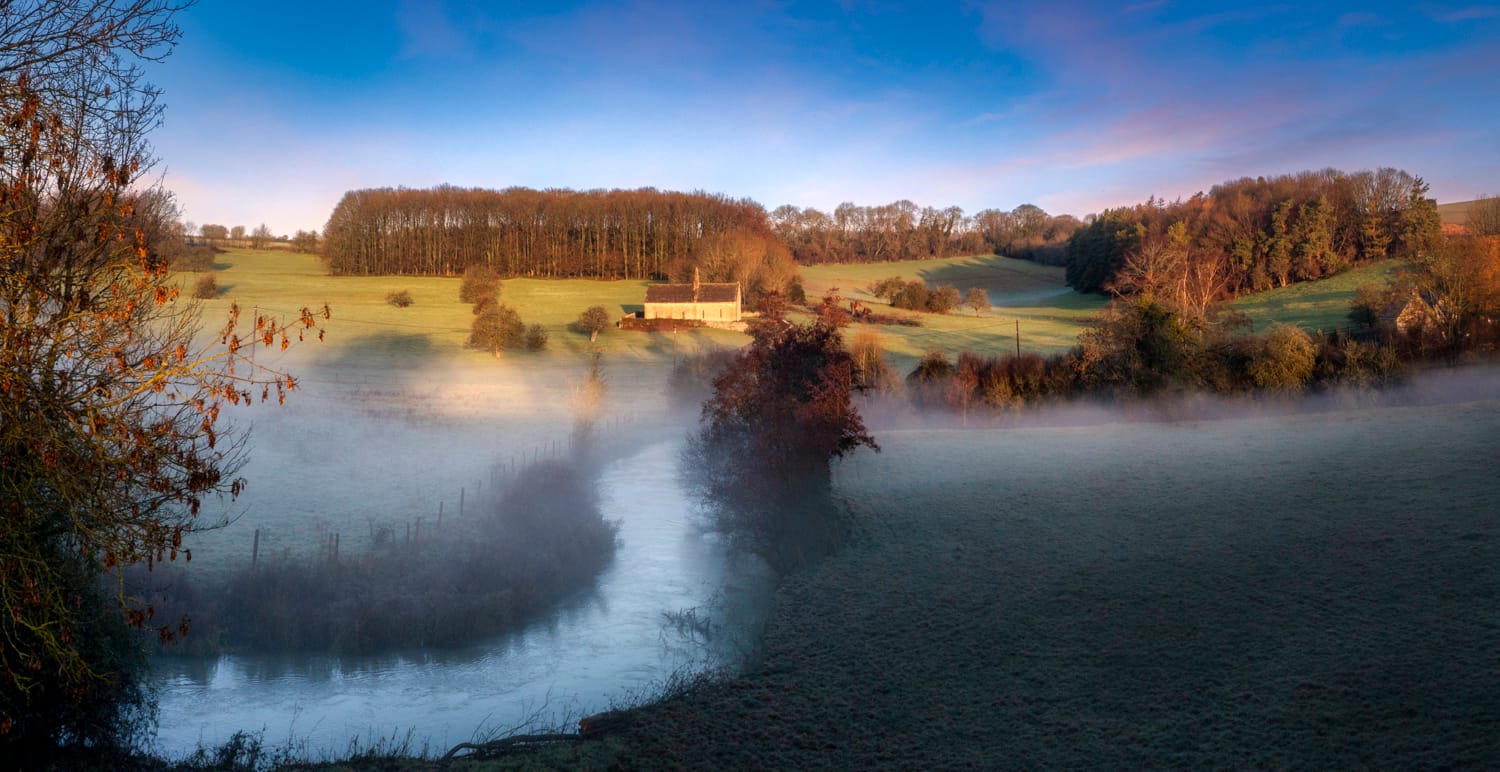
The church became not just a building but a tether - holding one end of the thread while the rest spooled off through the lumps and bumps of a deserted medieval village into the Windrush.
As time moved on the light was finding new possibilities — tracing fresh paths through the endless entanglement of matter and memory - the tangible and the intangible, the observed and the felt.
The vision brought to mind a poem by the architect Imre Makovecz:
Sweet tones, such harmony,
Sharp perfection hung like
Woodsmoke on the air;
The dull clouds parted
And all that stony church
Grew bright and glowed…
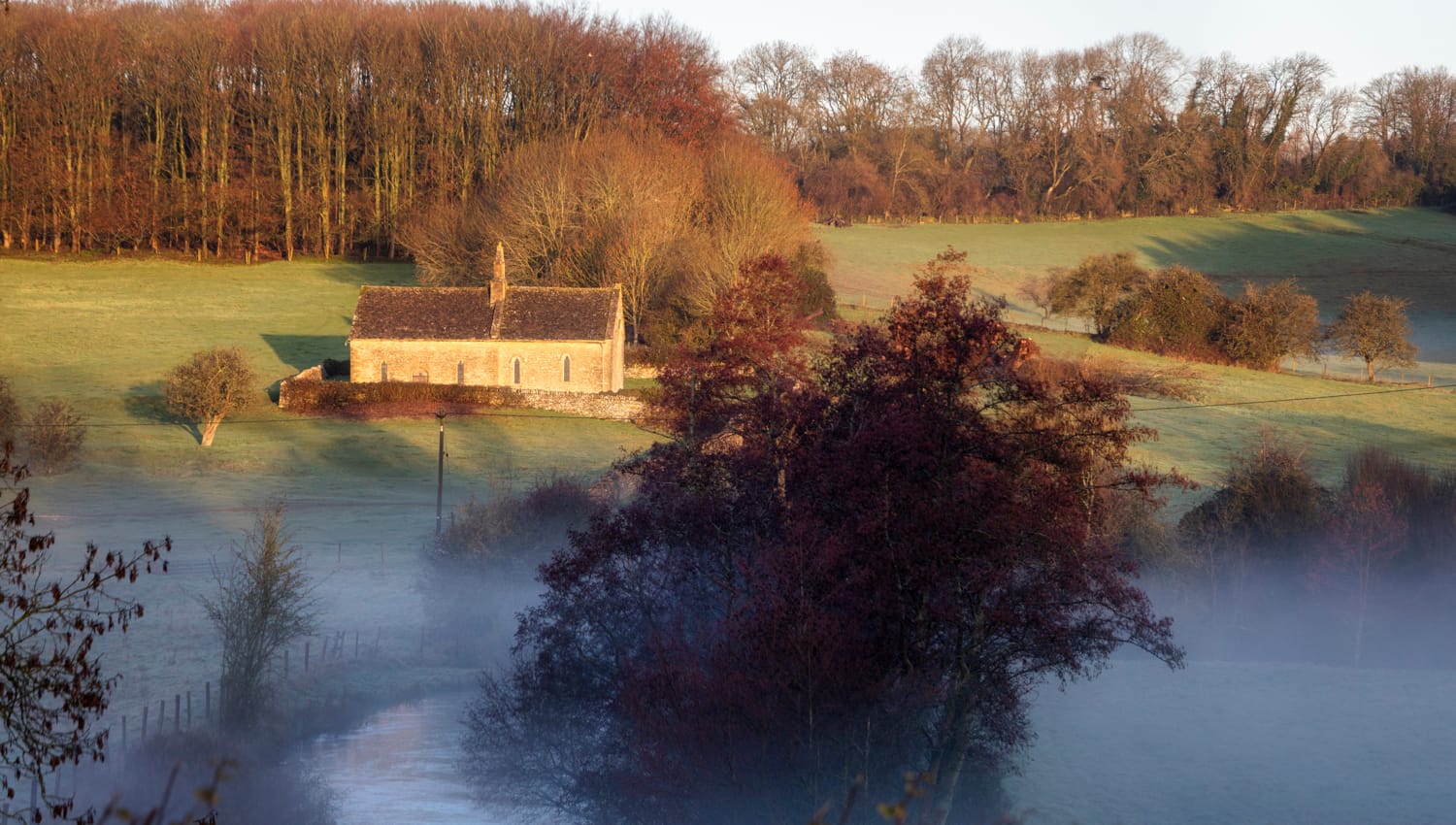
Whether my knowledge that this lovely secluded church was built upon the site of a villa (and that parts of the Roman mosaic survive beneath the chancel floor) influenced my time-travelling, dream-like state, I’m not too sure - but the reality was a vision in itself, and to continue with Makovecz:
And think that once in each while,
Some conjunction that men
Might call a miracle,
Does bless us, draw our hearts
Through matter, on and up
To kingdoms of pure poetry.
I laid the camera to rest, took off my glasses and surrendered myself to it for a moment - letting the light wash over me.
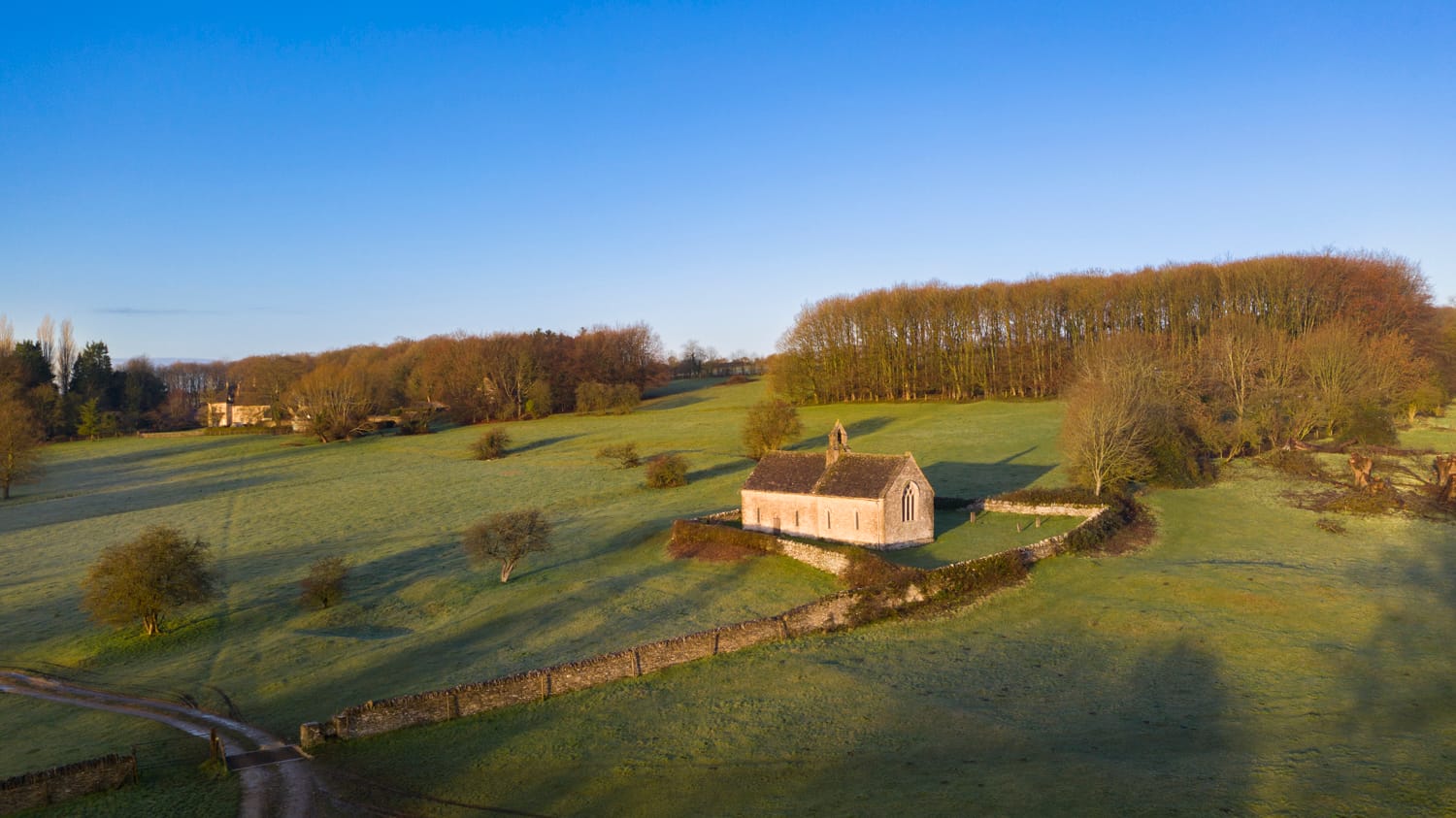
I think of Makovecz once again, who hears music coming from his church, and continues:
And the light and sound made one
Perfect moment - how is this,
For we must know
That in this broken and
Imperfect place, this world,
No music can guarantee
That sunlight will take up its cue
And cause such harmony?
There was no music at Widford other than the sweet trill of a robin - but it was the light that was singing it into place. A light raking not just across the stone, but pulled through it like a golden thread spilling through the lancets.
I stood still and watched the light, melodious, until a silence, an equilibrium: the hush before the turn, the pause before the melody, the darkness before the light - balanced on the cusp of the solstice, on the threshold of time and the stillpoint of the turning world.
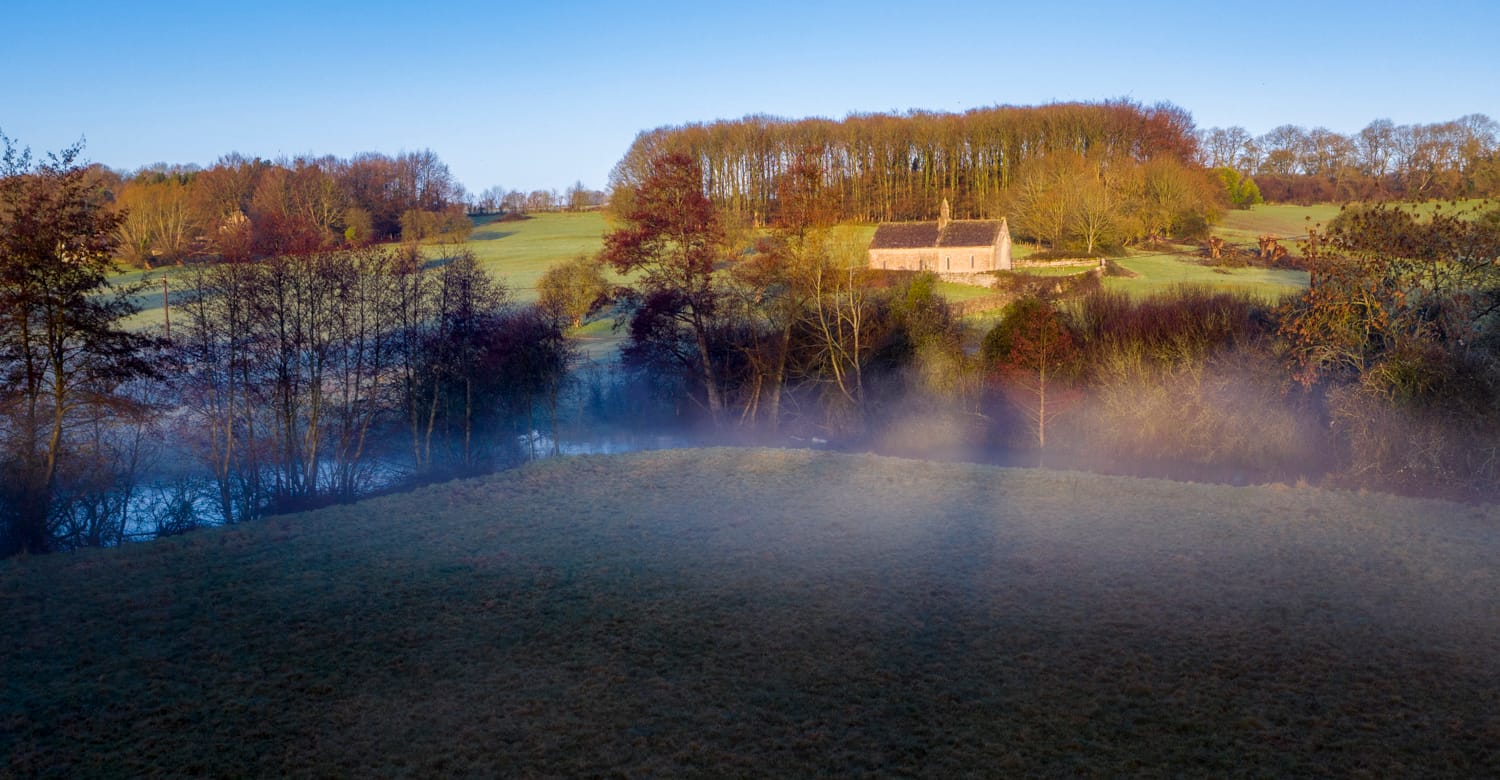
I put my heart and soul into the Genius Loci Digest and it takes a day a week to produce. With your support, I’m able to keep this digest free and public facing. 📸🏛🚐
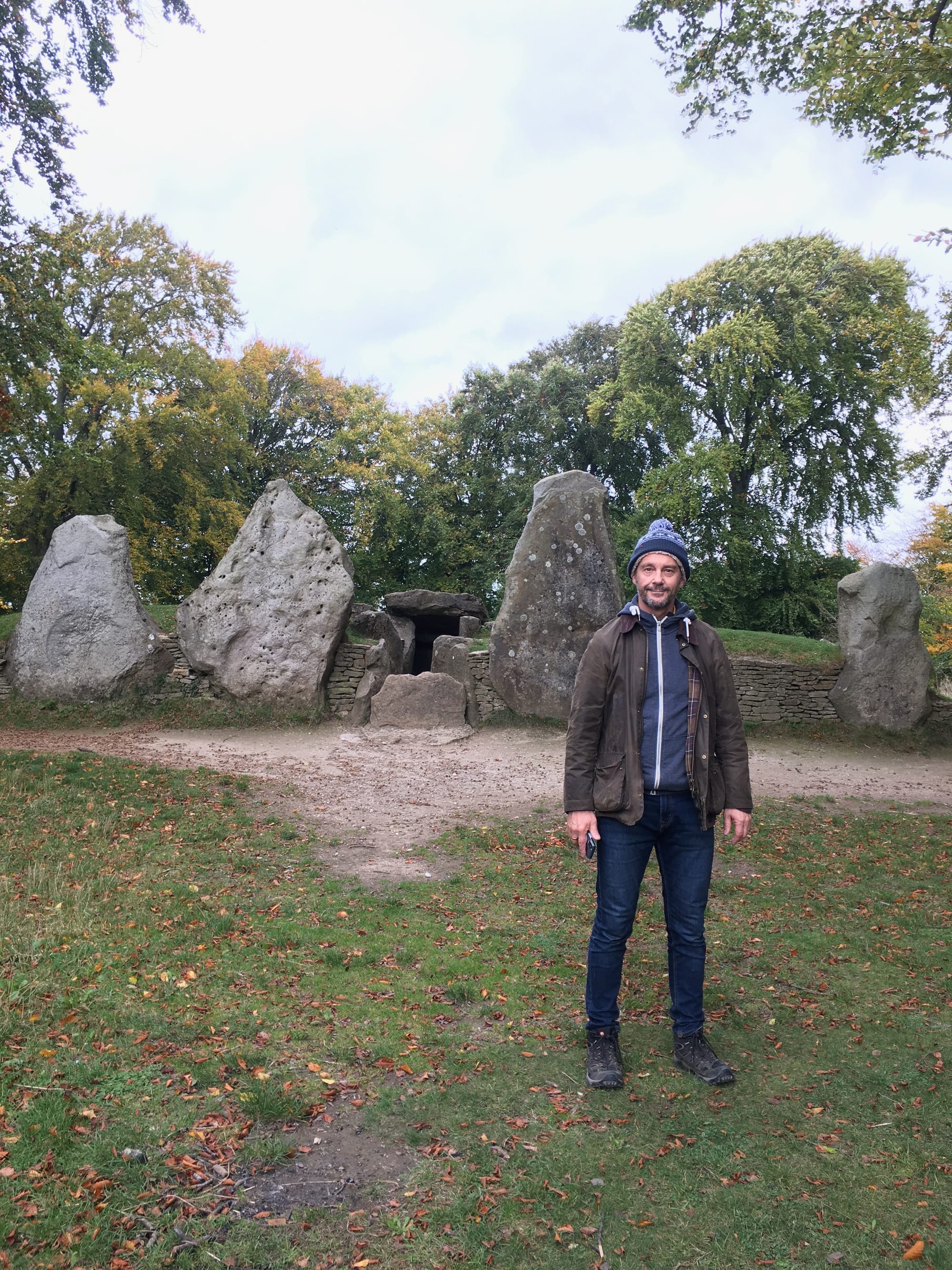
Burford, Widford, Swinbrook (and possibly) Minster Lovell.
Here, just a short distance from each other, is the perfect combination of places to visit. Use Burford (has free parking) as a base and plan out a walking route from Burford through to Widford and then Swinbrook (which has a pub sat by the Windrush). Best visit Minster Lovell on a separate day by car - there is limited parking nearby.
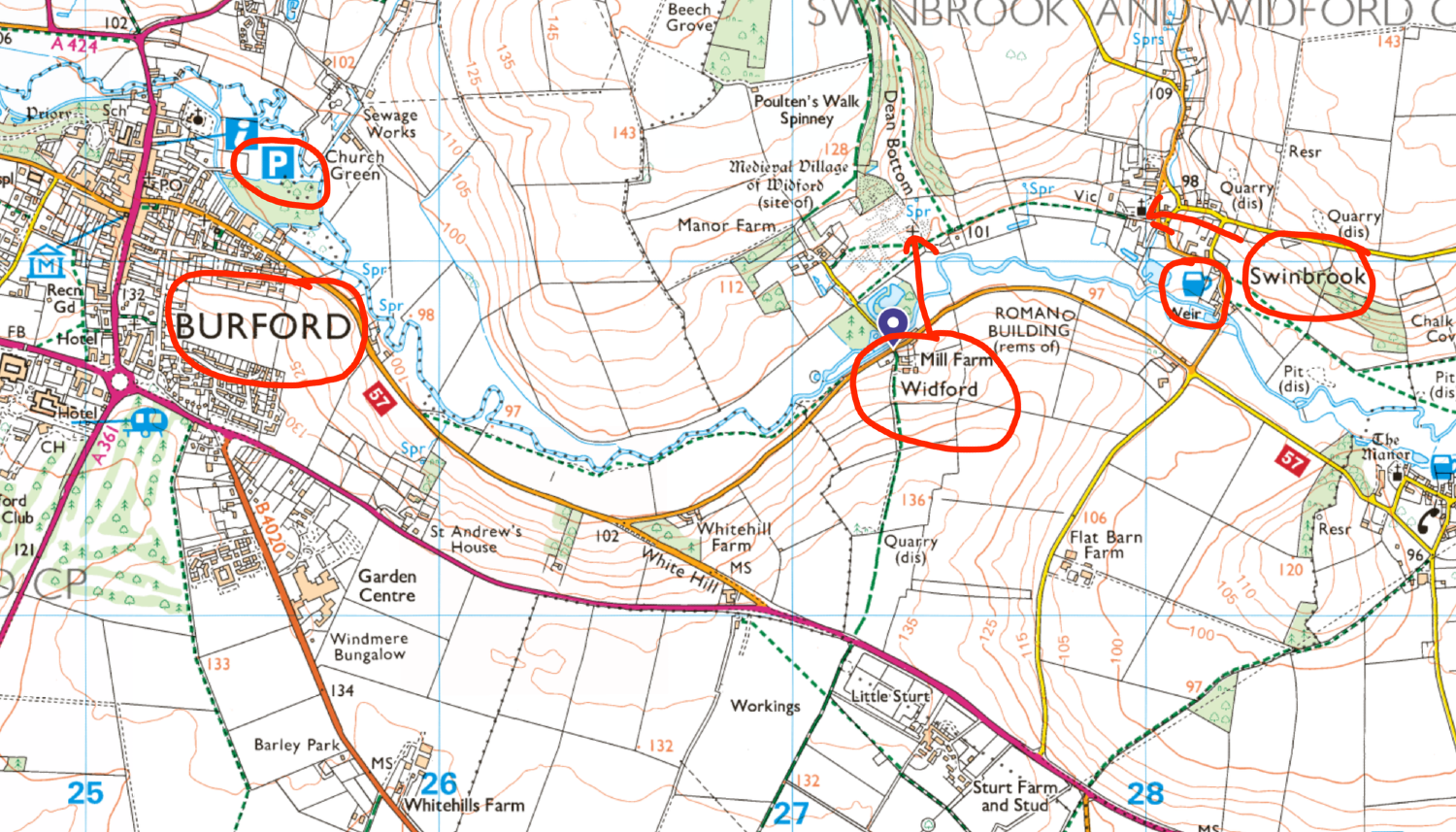
If you're unable to walk it - then come along with me..
St. Oswald's, Widford, Oxfordshire.
St. Oswald's, Widford is such a special place rooted to the spot by layers of human activity from ancient times. Built on the site of a Roman Villa, the church is principally C13th. It has medieval wall paintings including a depiction of The Three Living and The Three Dead and one of St. Christopher opposite the door. The pews are C18th and the pulpit is thought to have been made from a C15th chancel screen.
The church may have been built to mark a resting place of St. Oswald's body on its journey from Northumbria to Gloucester in AD 642.
You can only access the church by walking - best to park in Burford and seek out a route via OS maps to the church. It's worth the walk.
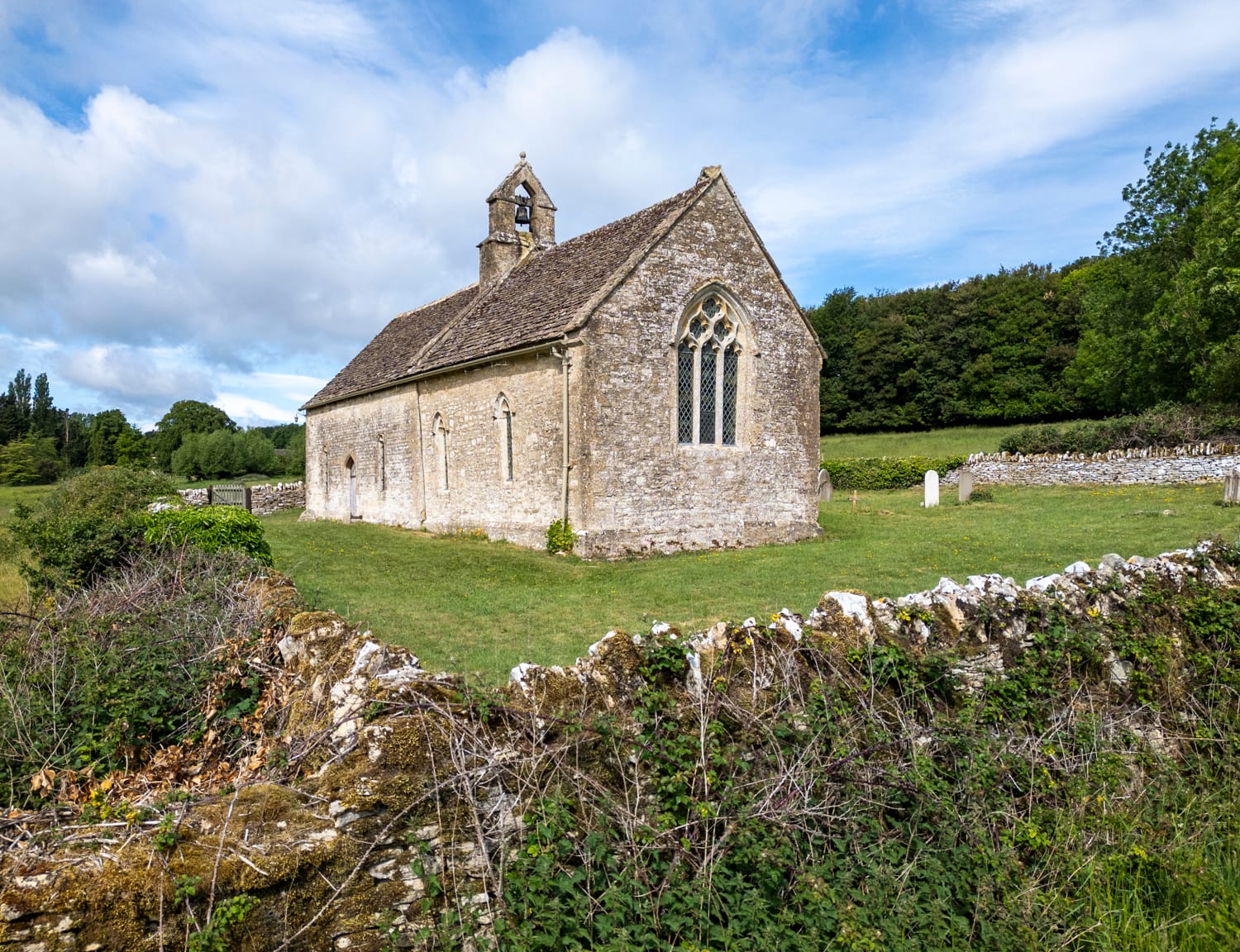

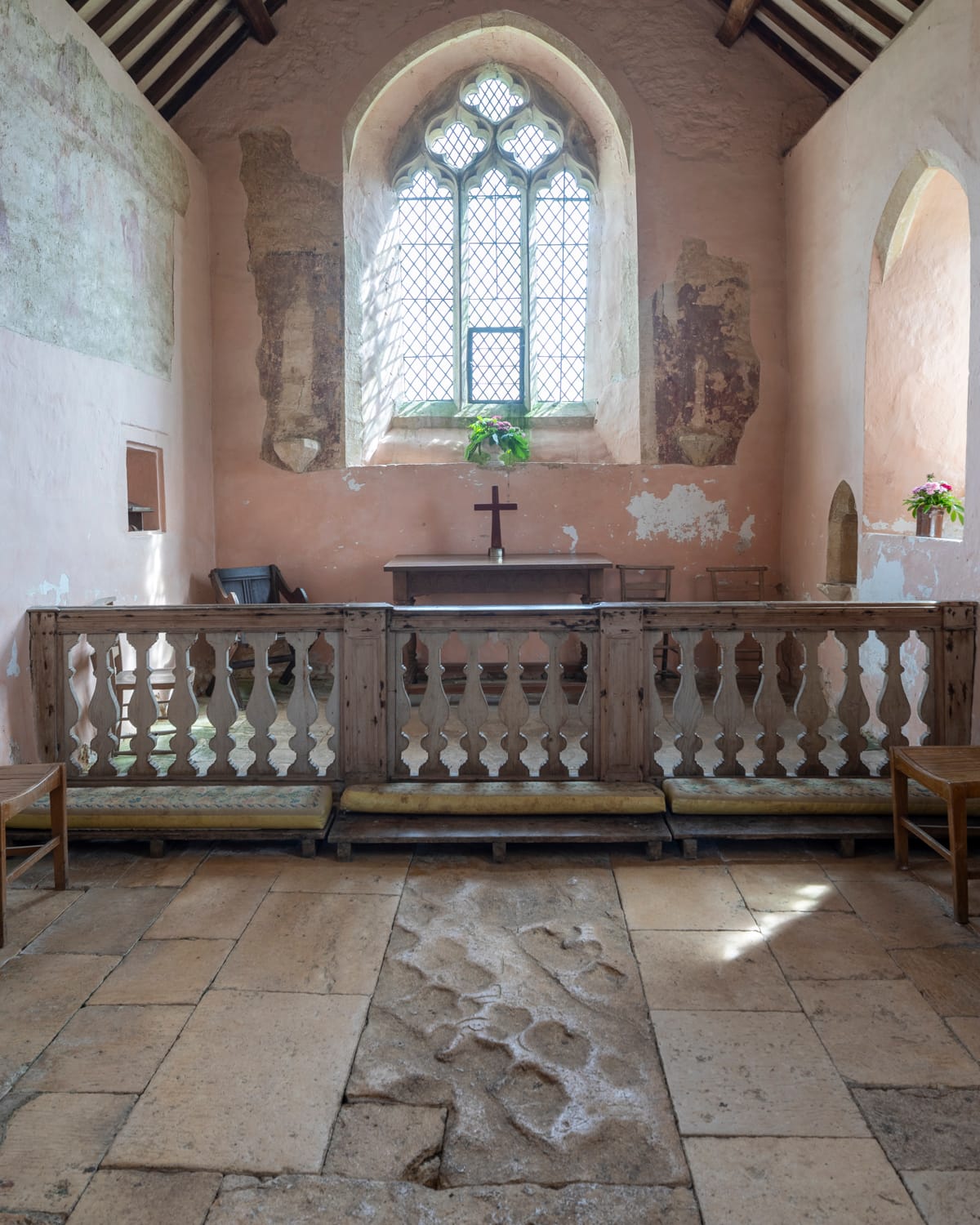
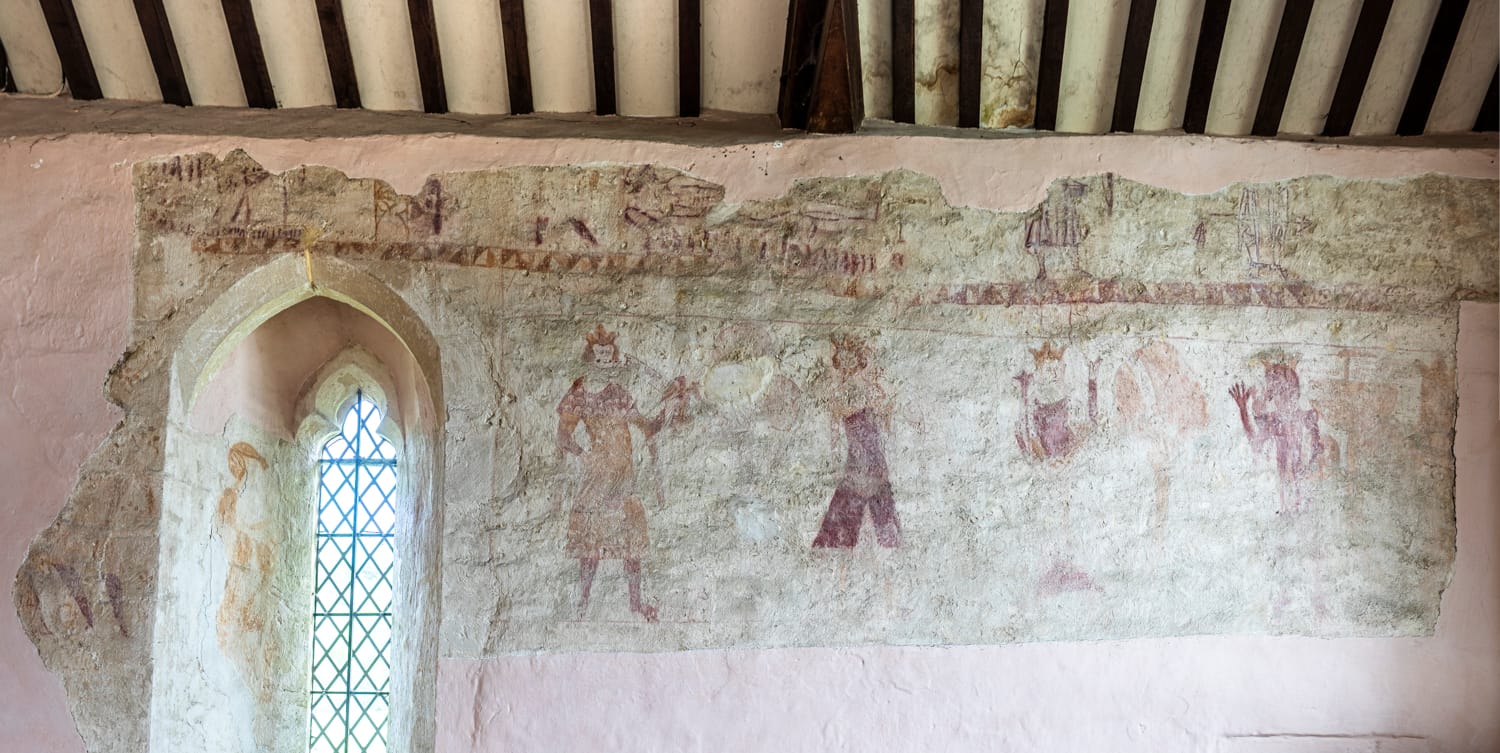
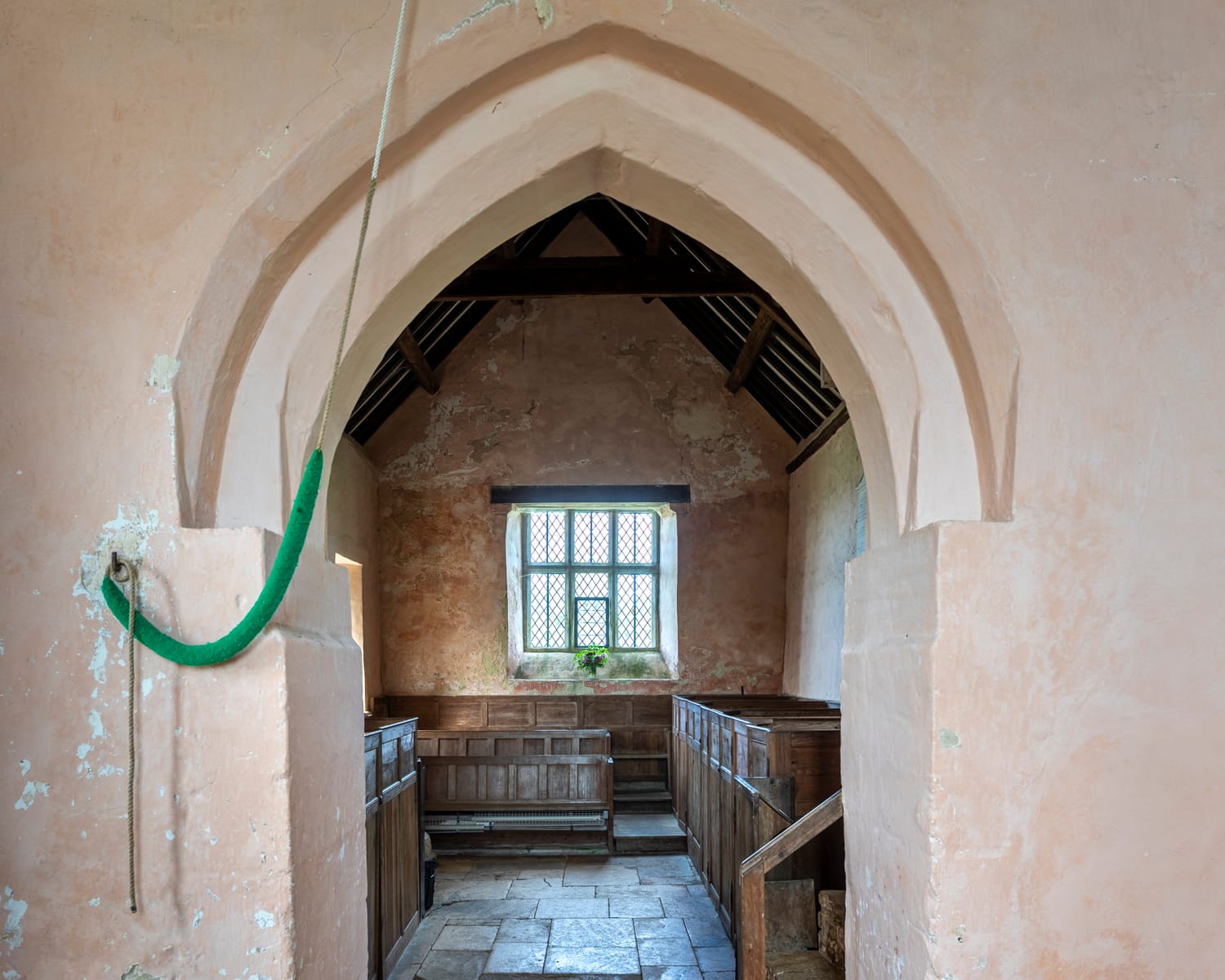
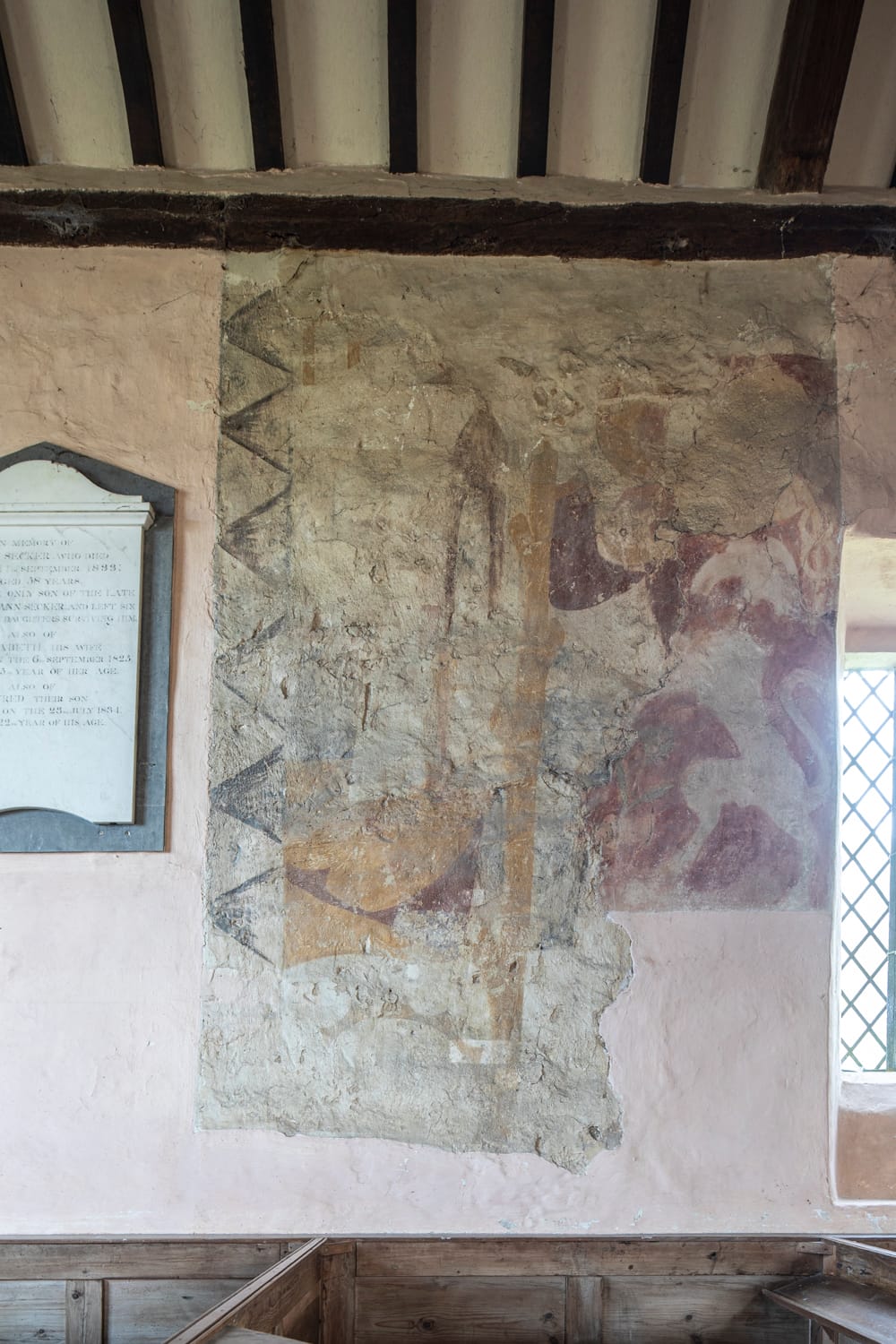
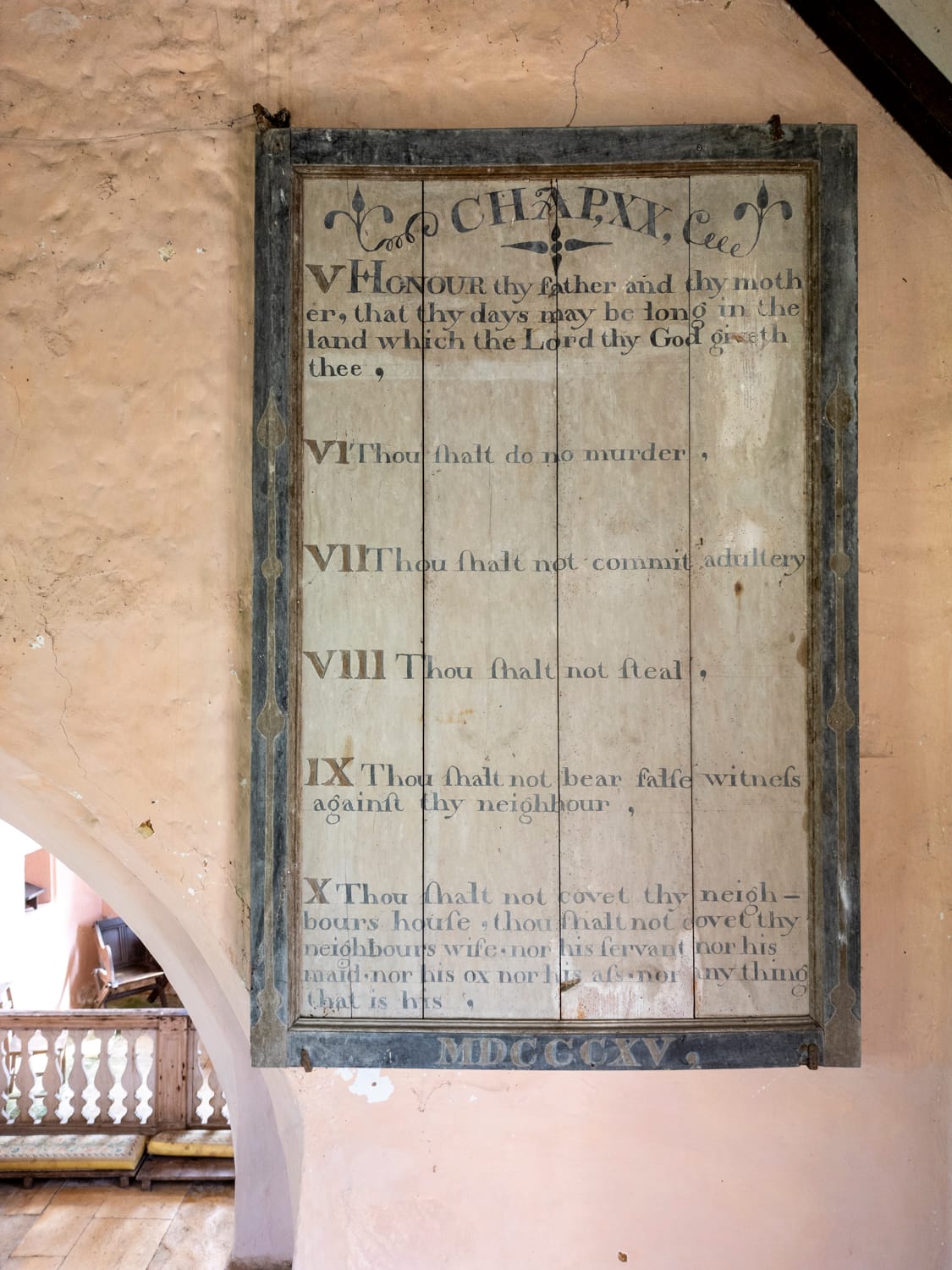
St. Mary's, Swinbrook.
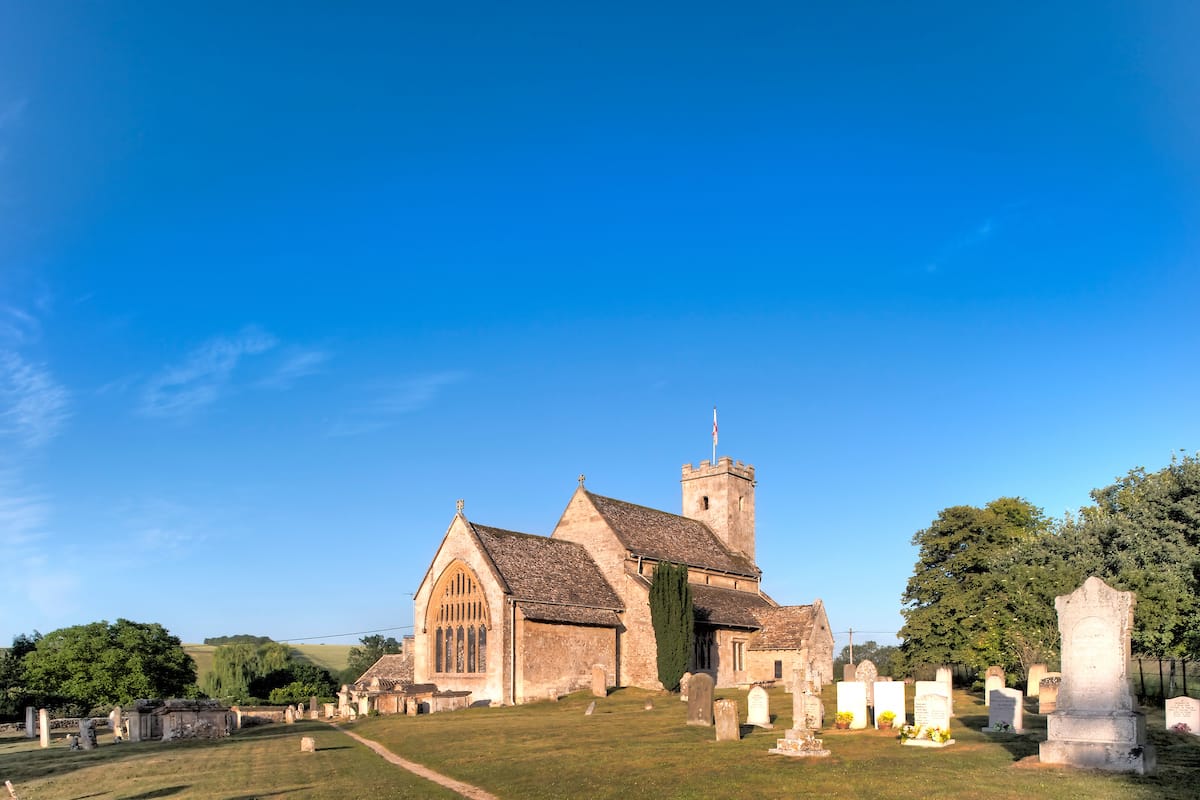
This is such a lovely little church with C11th origins. Most of the fabric is C12th and C13th. The tower is early C19th. Famous for the C17th Fettiplace monument of reclining effigies - often called the' TV watchers.'
I love the church for the percolated views through to the chancel and the C15th misericords.
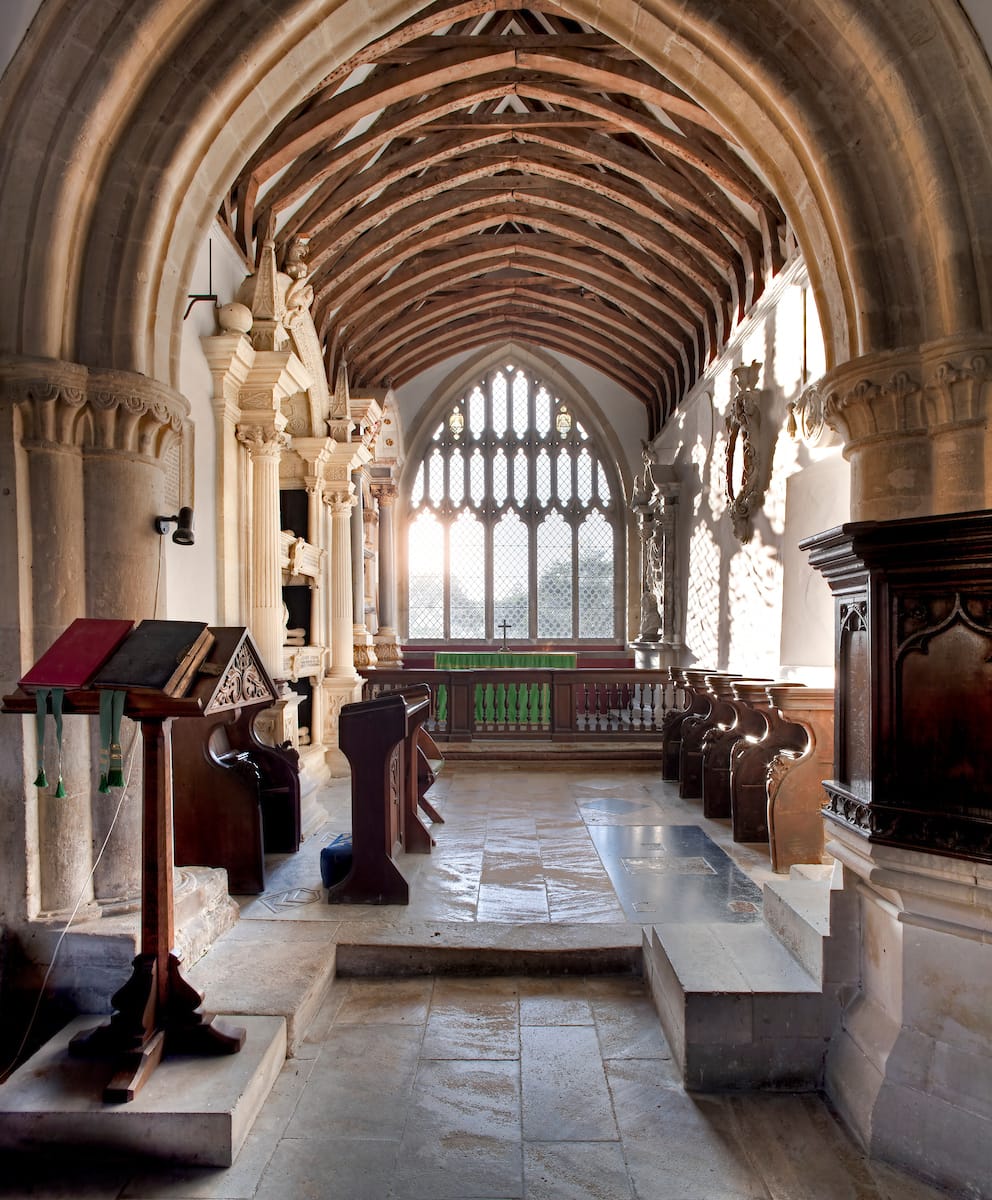
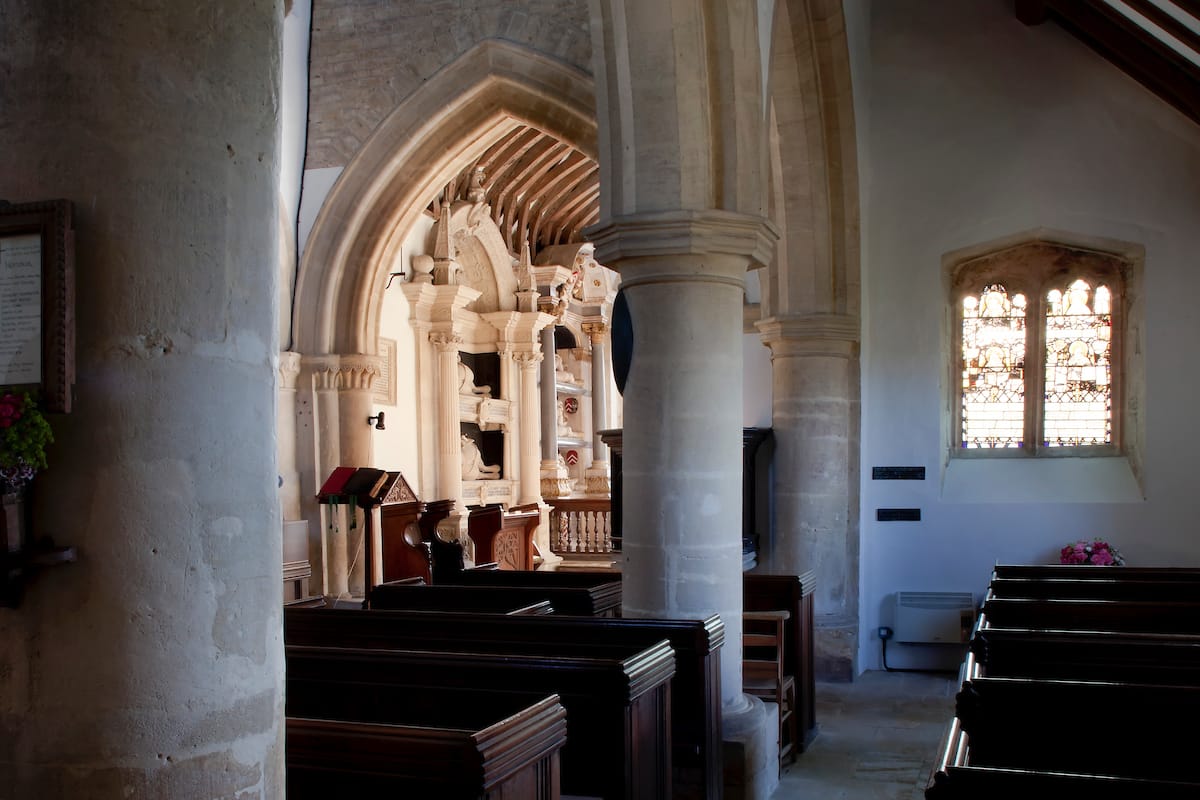
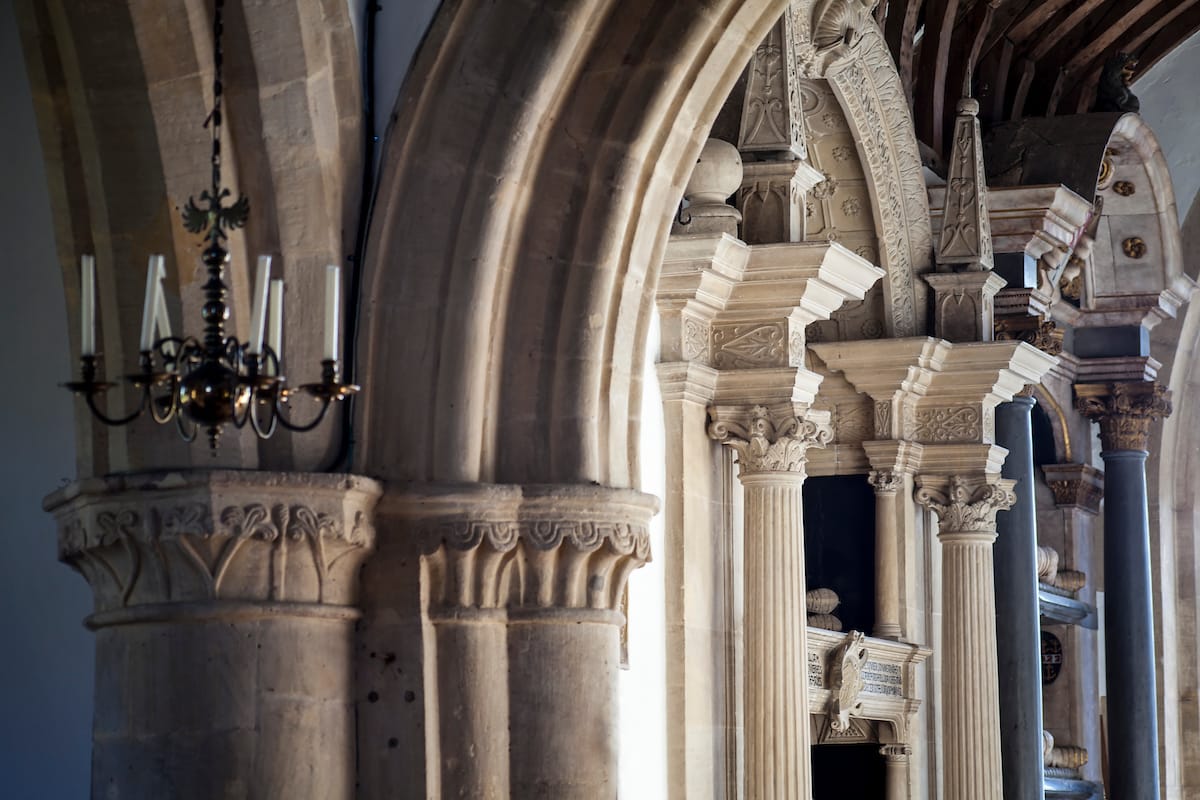
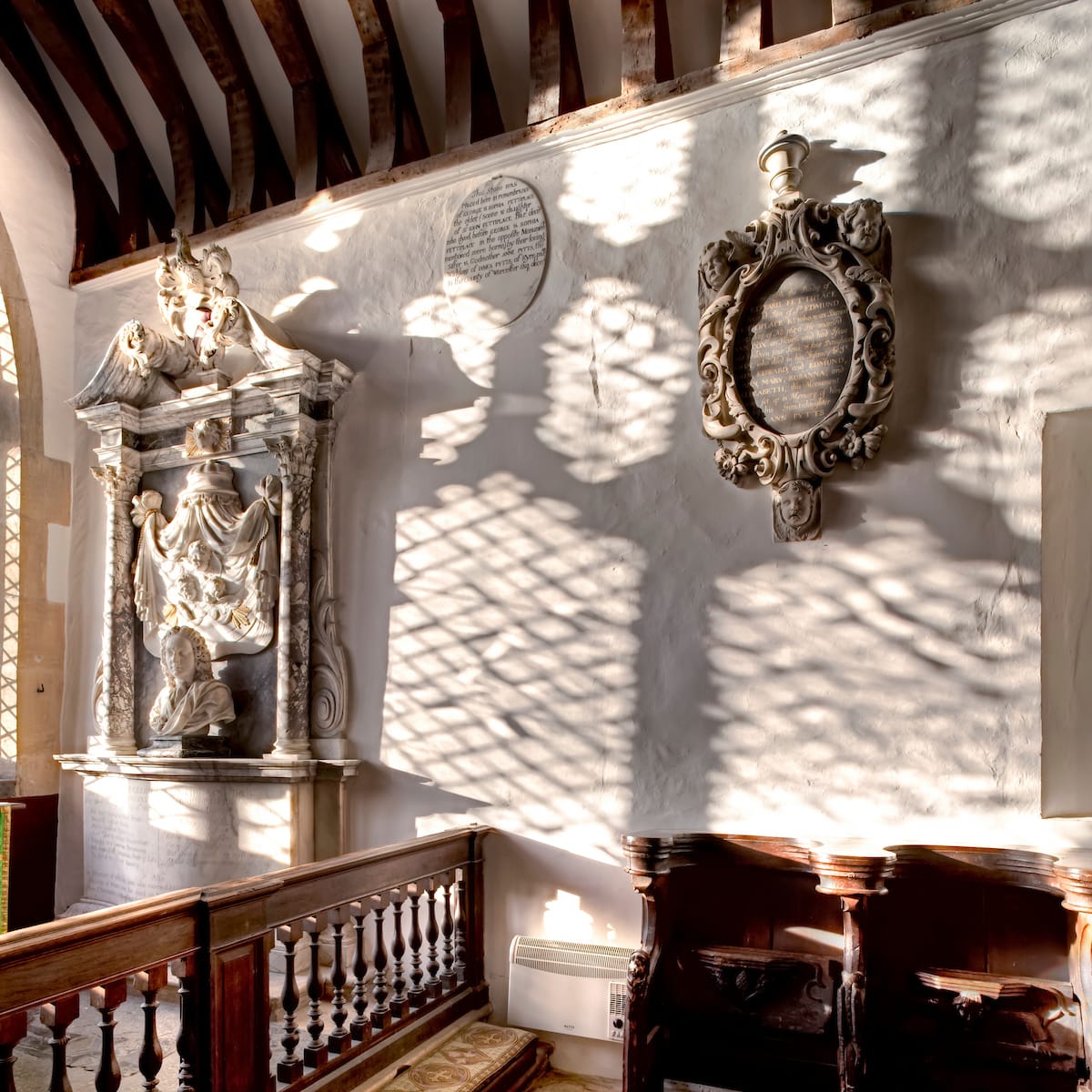
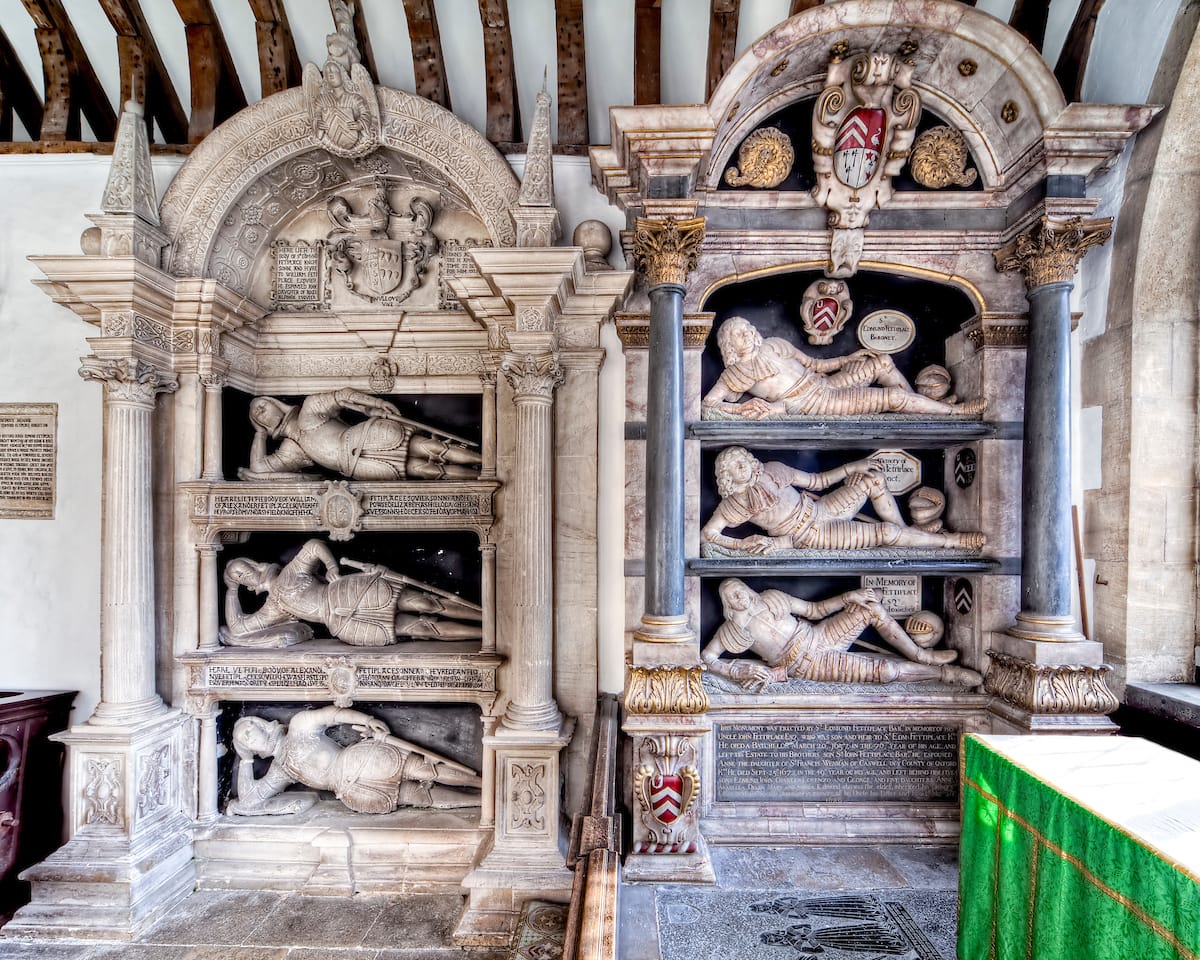
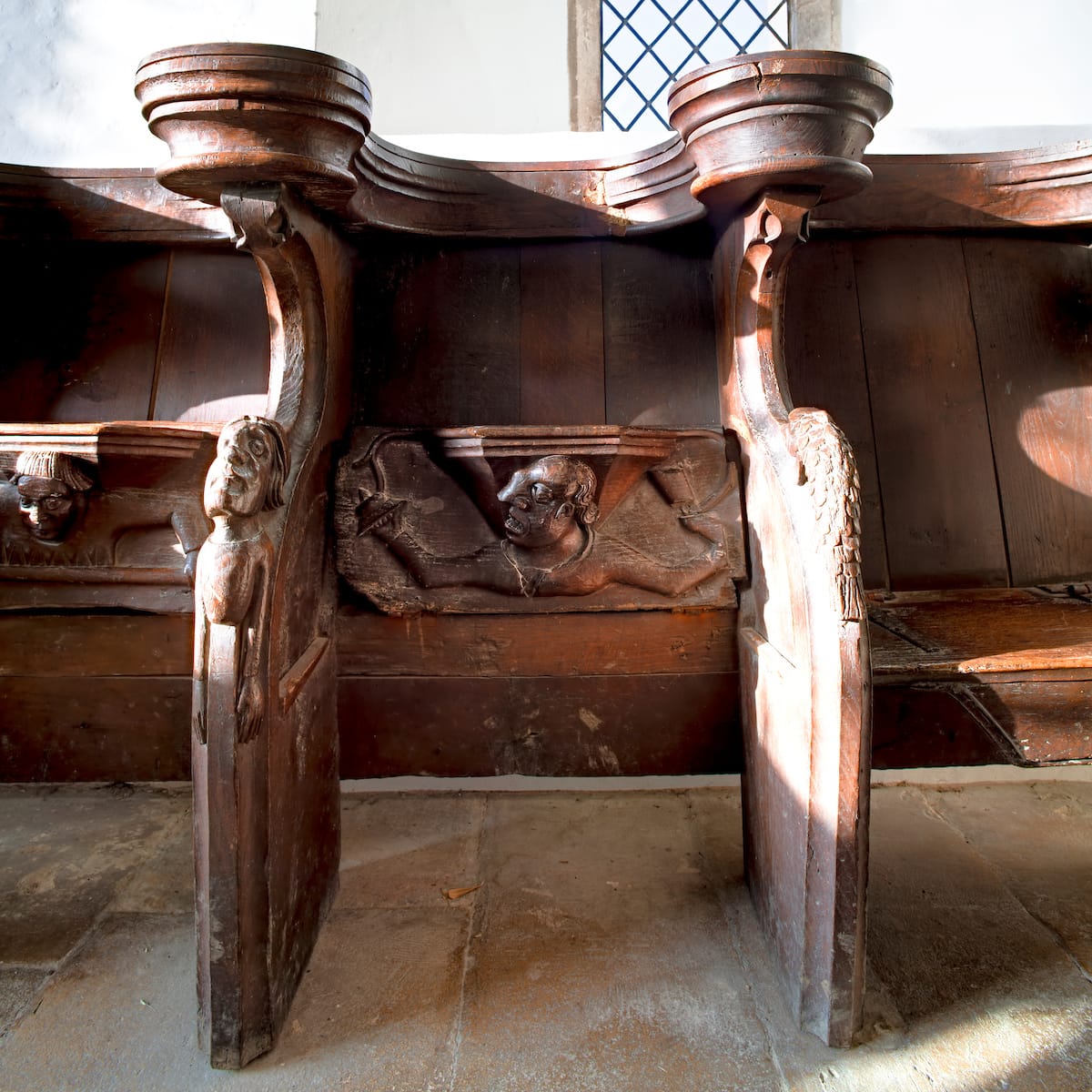
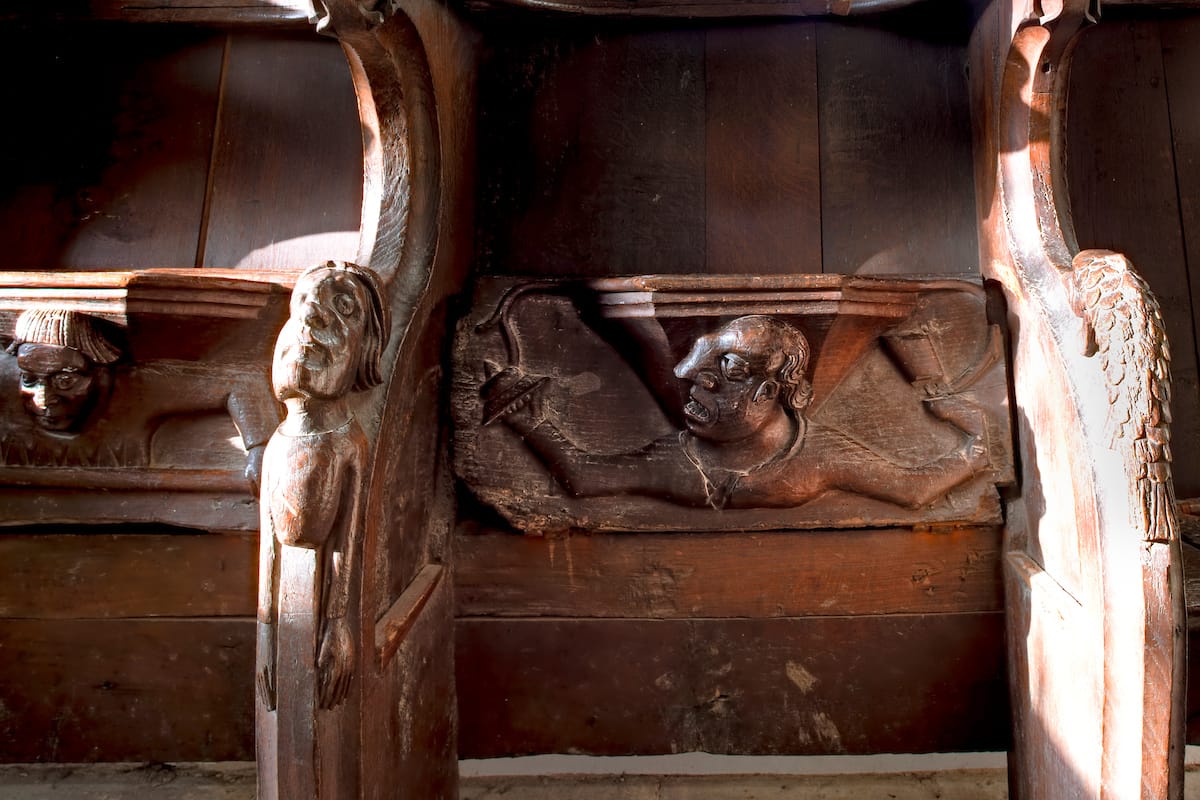
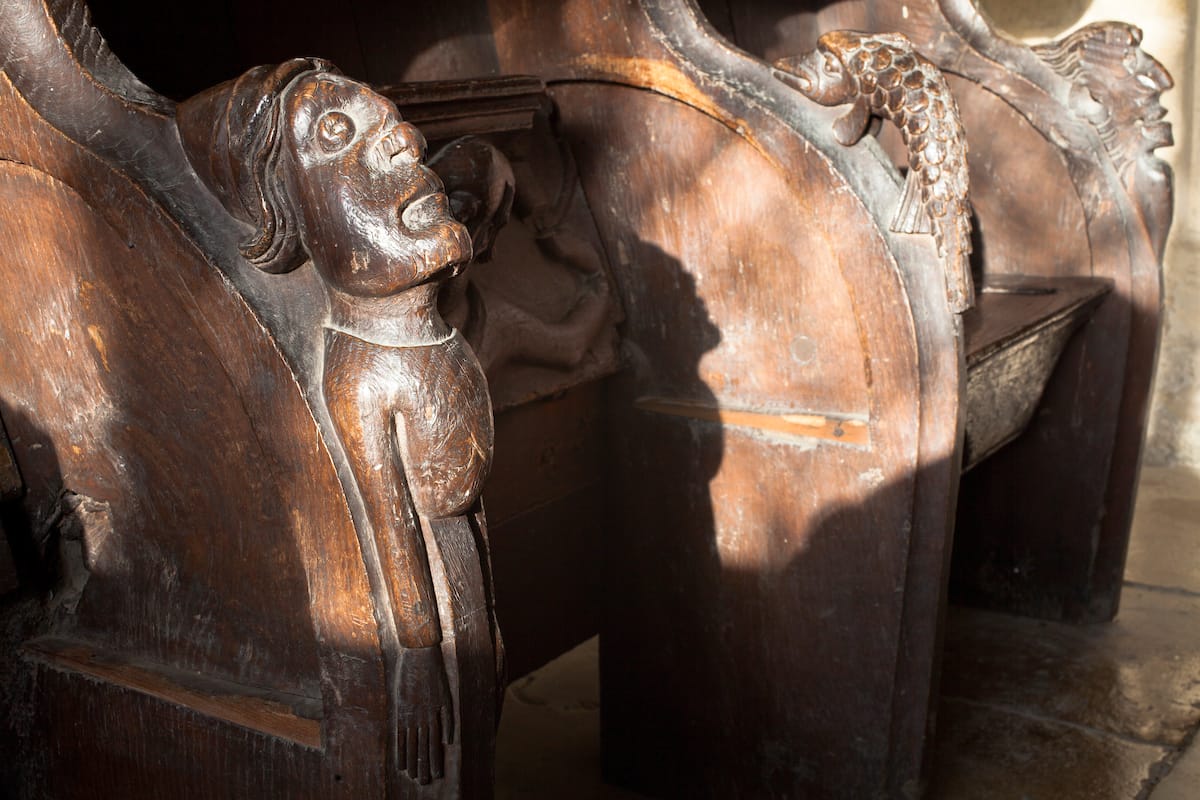
St. Kenelm's, Minster Lovell.
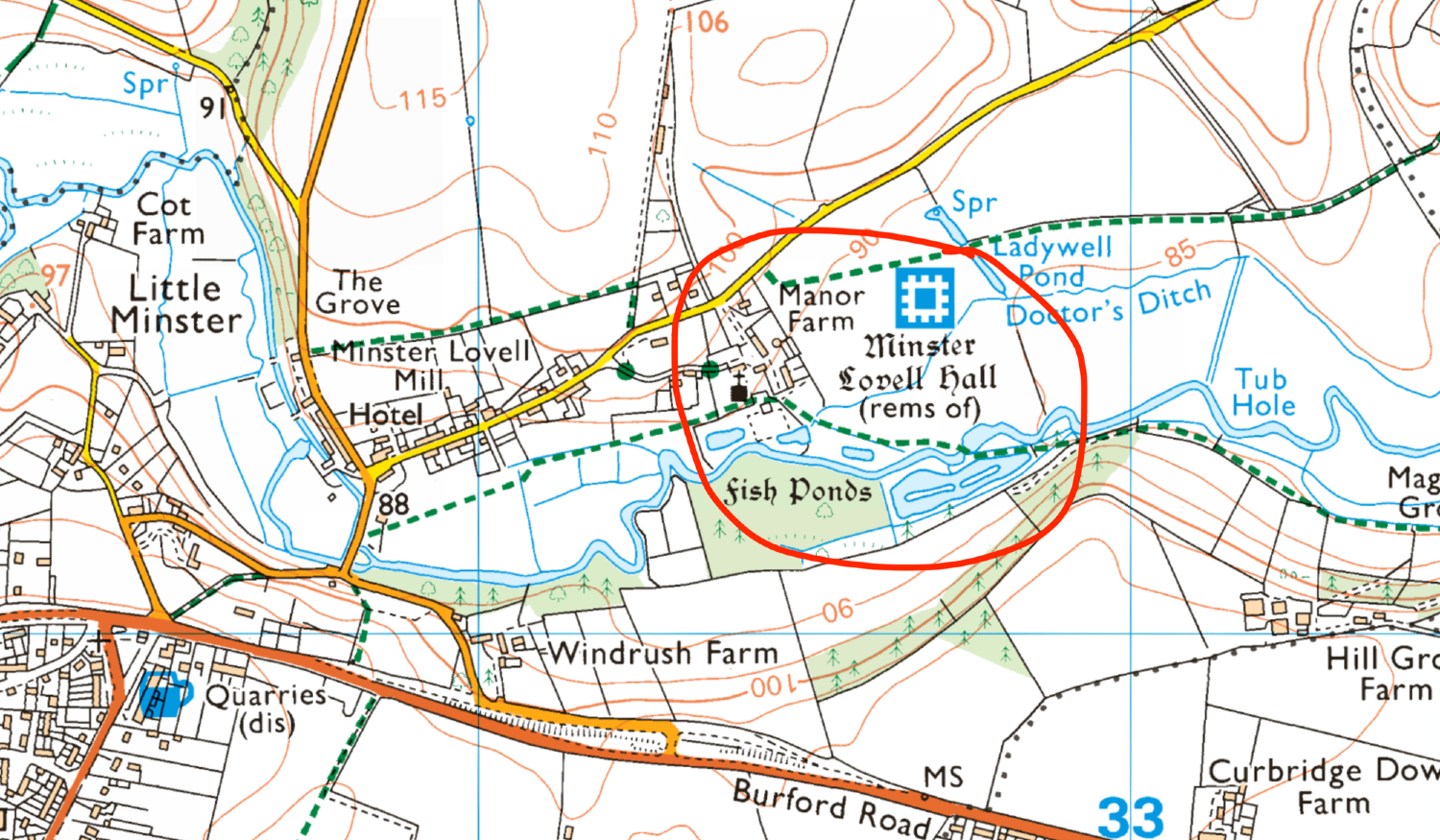
Built in the mid C15th - a beautiful, layered church full of pockets of interest, including a spectacular vaulted crossing. What marks out the church is its proximity to the ruins of Minster Lovell Hall.

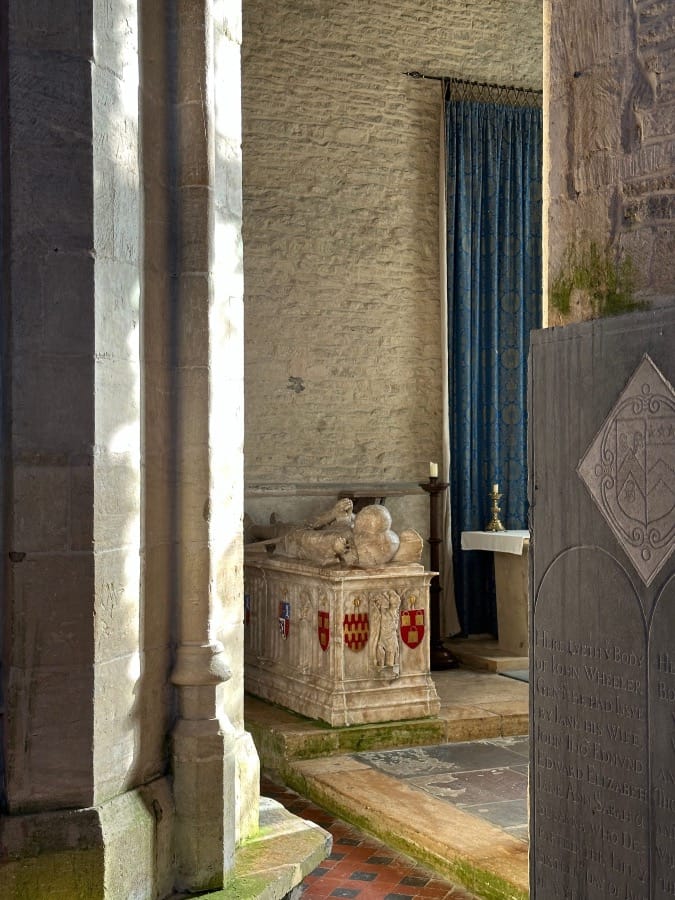
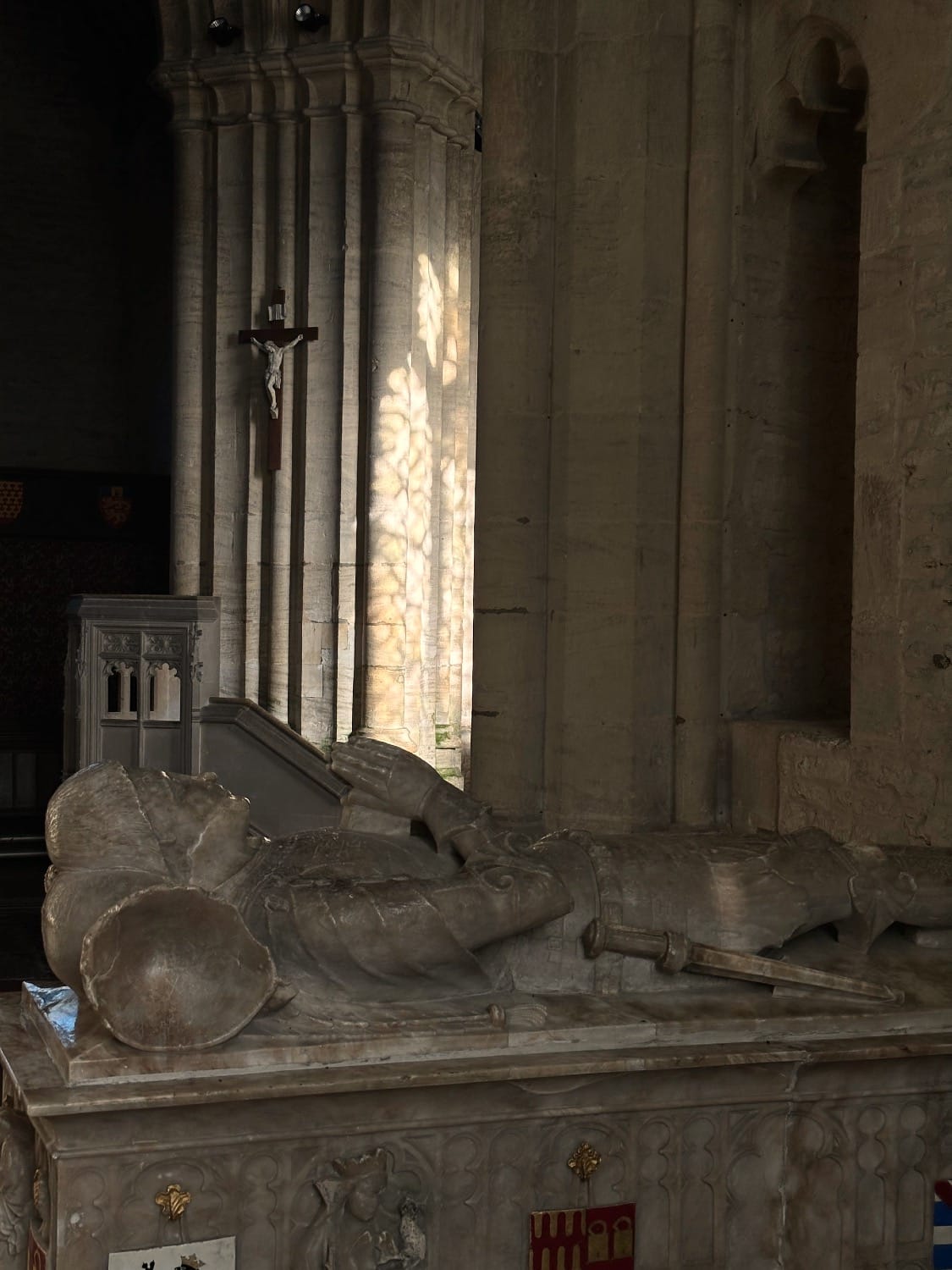

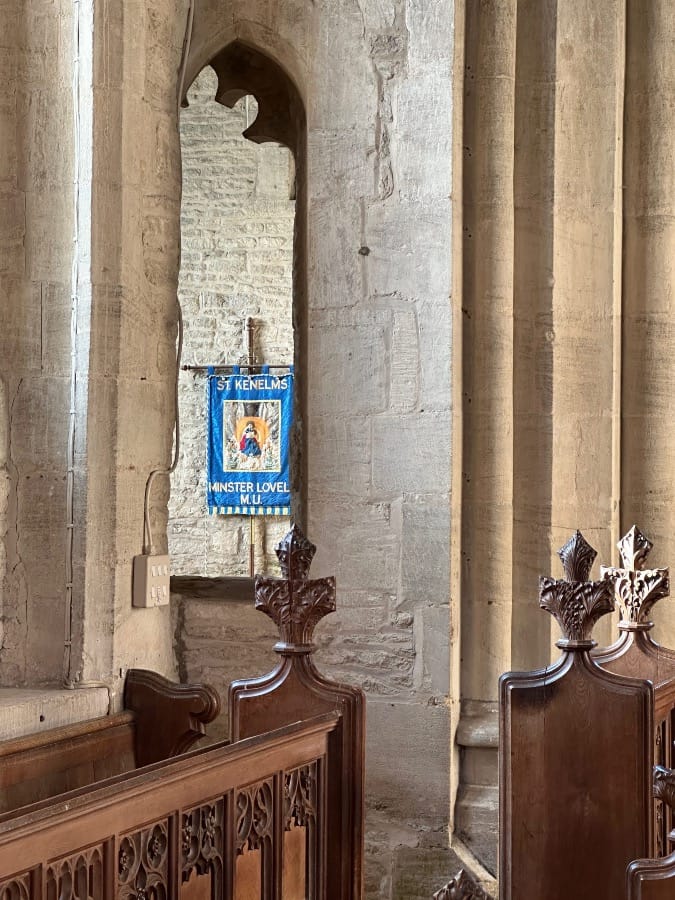
Minster Lovell Hall
Set along the banks of the River Windrush, the remains of Minster Lovell Hall offer an evocative glimpse into the past. Built in the 1430s by William, Baron of Lovell and Holand—among the wealthiest figures of his time—the hall once stood as a grand medieval manor. Later, it became the residence of Francis, Viscount Lovell, a staunch supporter of Richard III. Over the centuries, the estate passed through various owners before falling into disuse and being dismantled in the 18th century. Today, you can explore its evocative ruins, including the great hall, tower, and a nearby dovecote. Great place for a picnic.
I visited the ruins during one evening a few years back and I experimented with my new iPhone and a couple of torches placed inside the ruins.
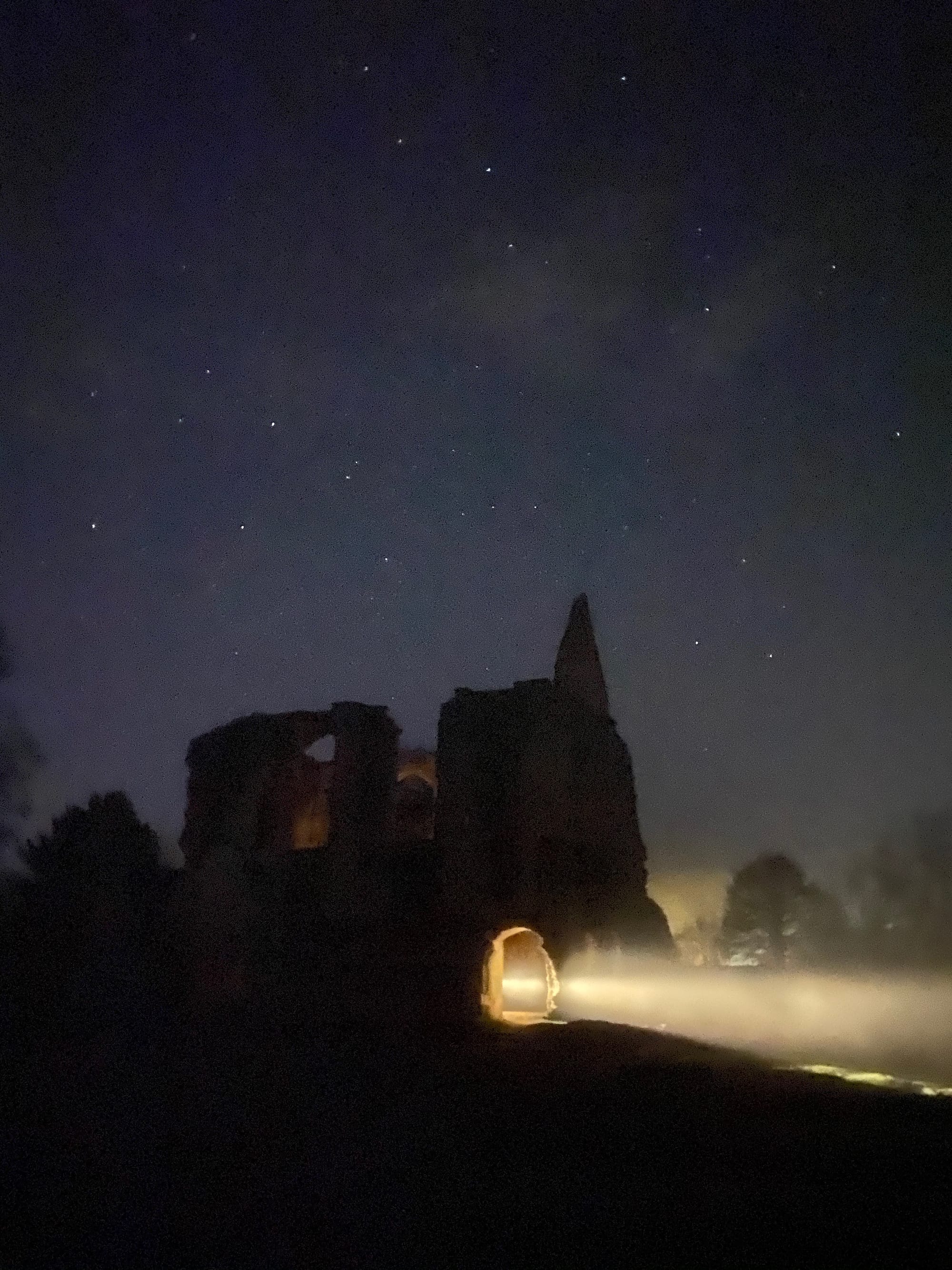
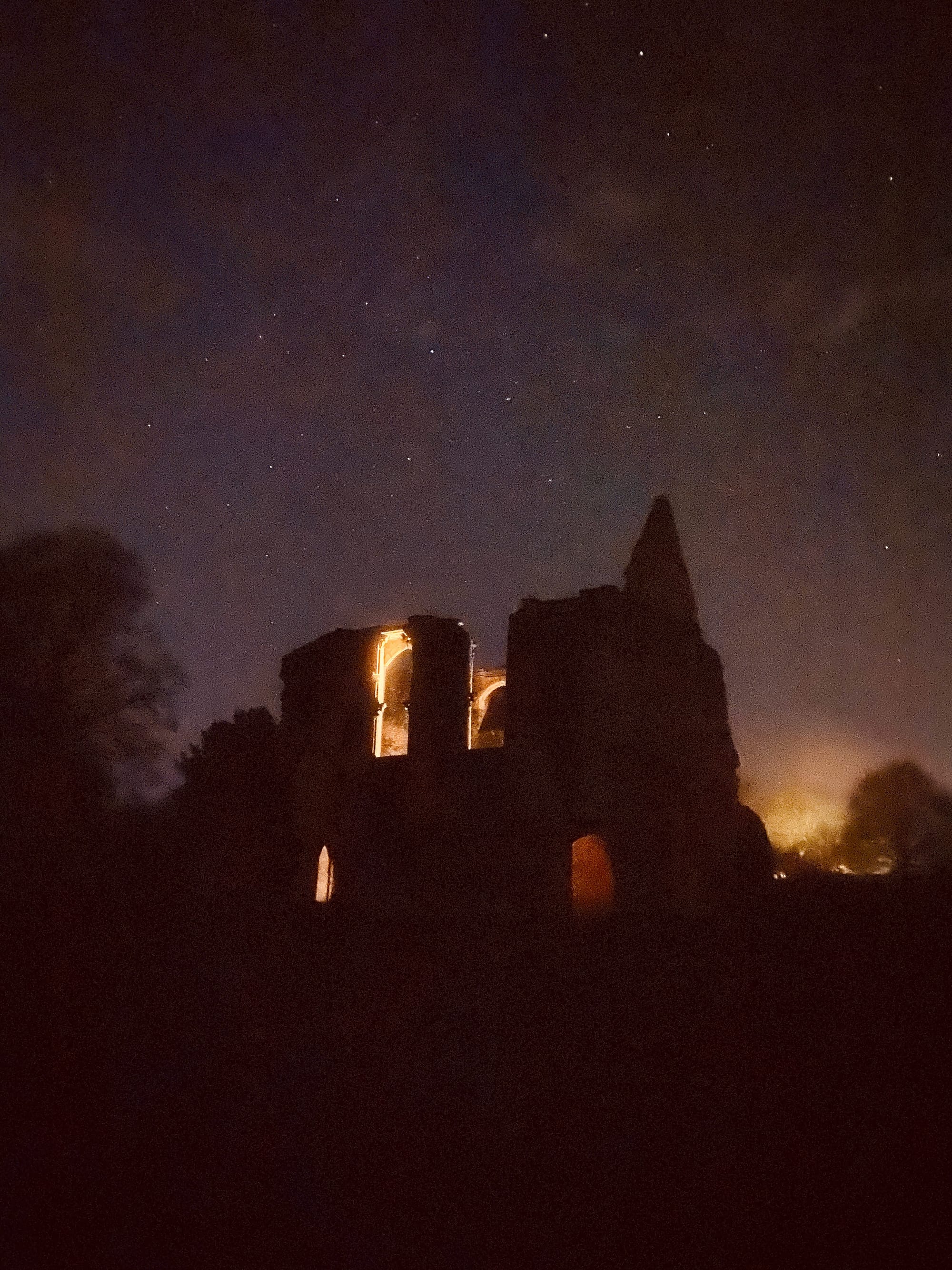
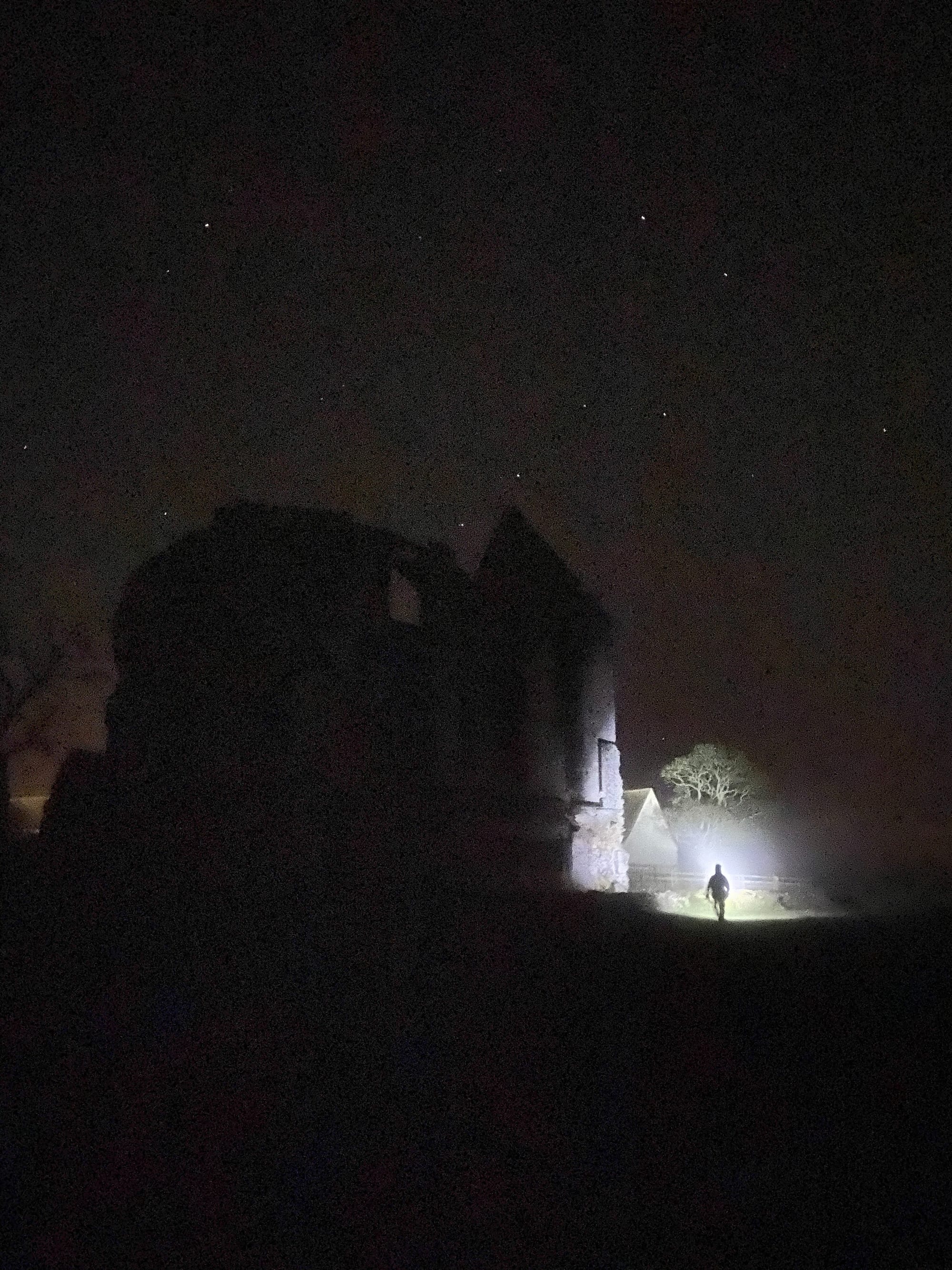

The Minster Lovell Jewel.
A little known fact.
Possibly by the same maker of the Alfred Jewel - this beautiful Anglo-Saxon pointer was found by a labourer in around 1860 in Minster Lovell. You can now see it next to the Alfred Jewel in the Ashmolean, Oxford.

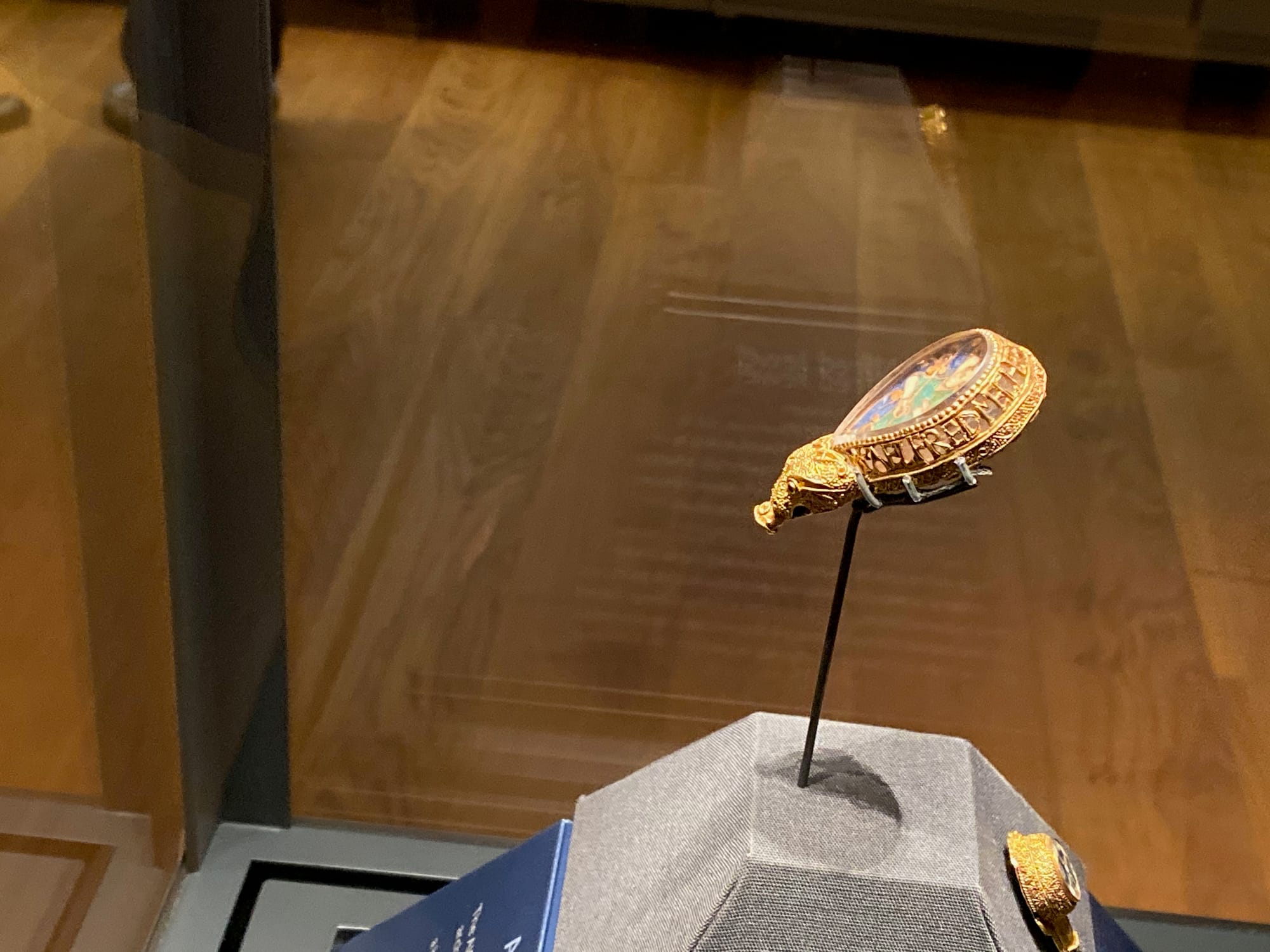
Working at Widford
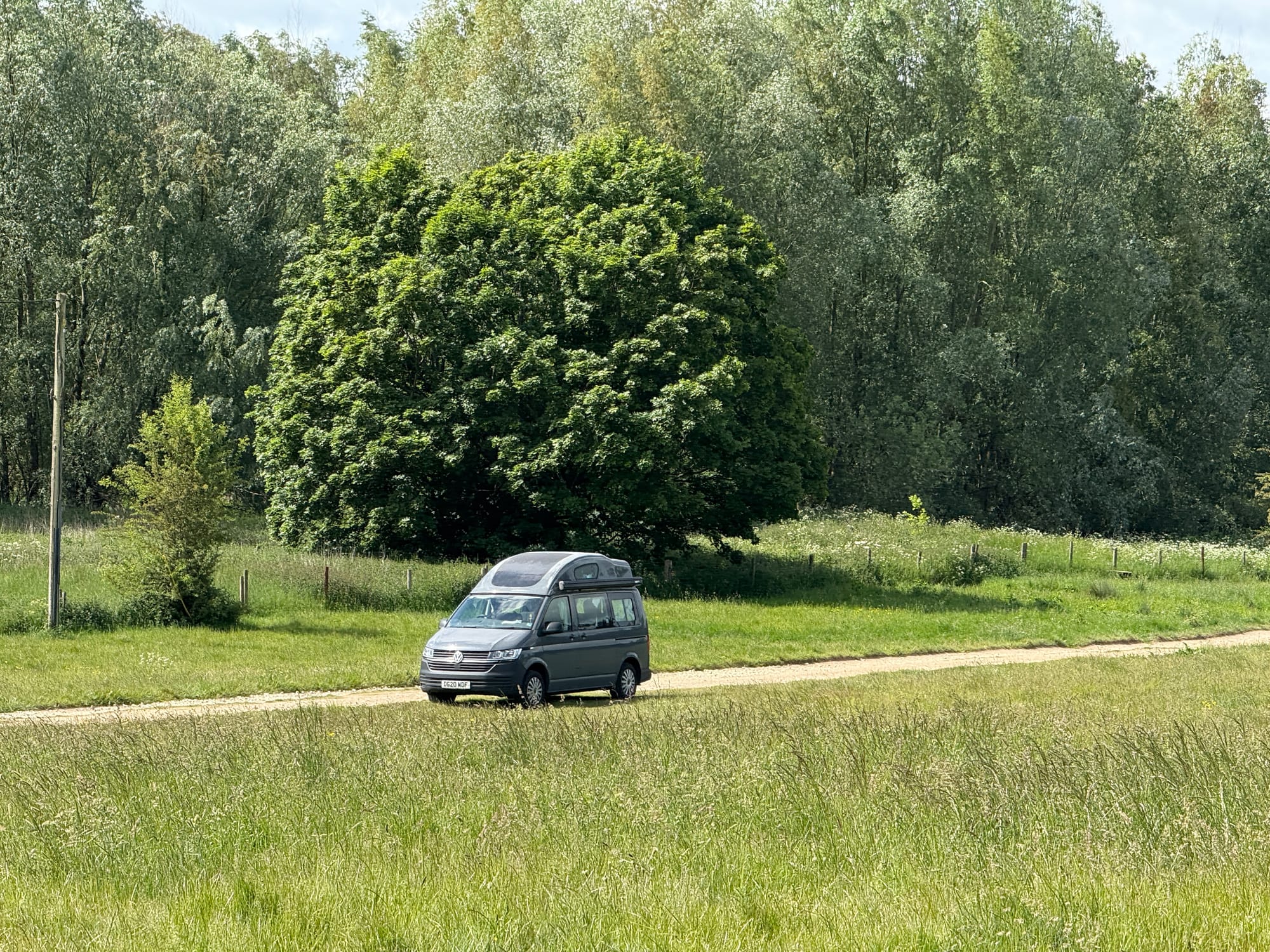
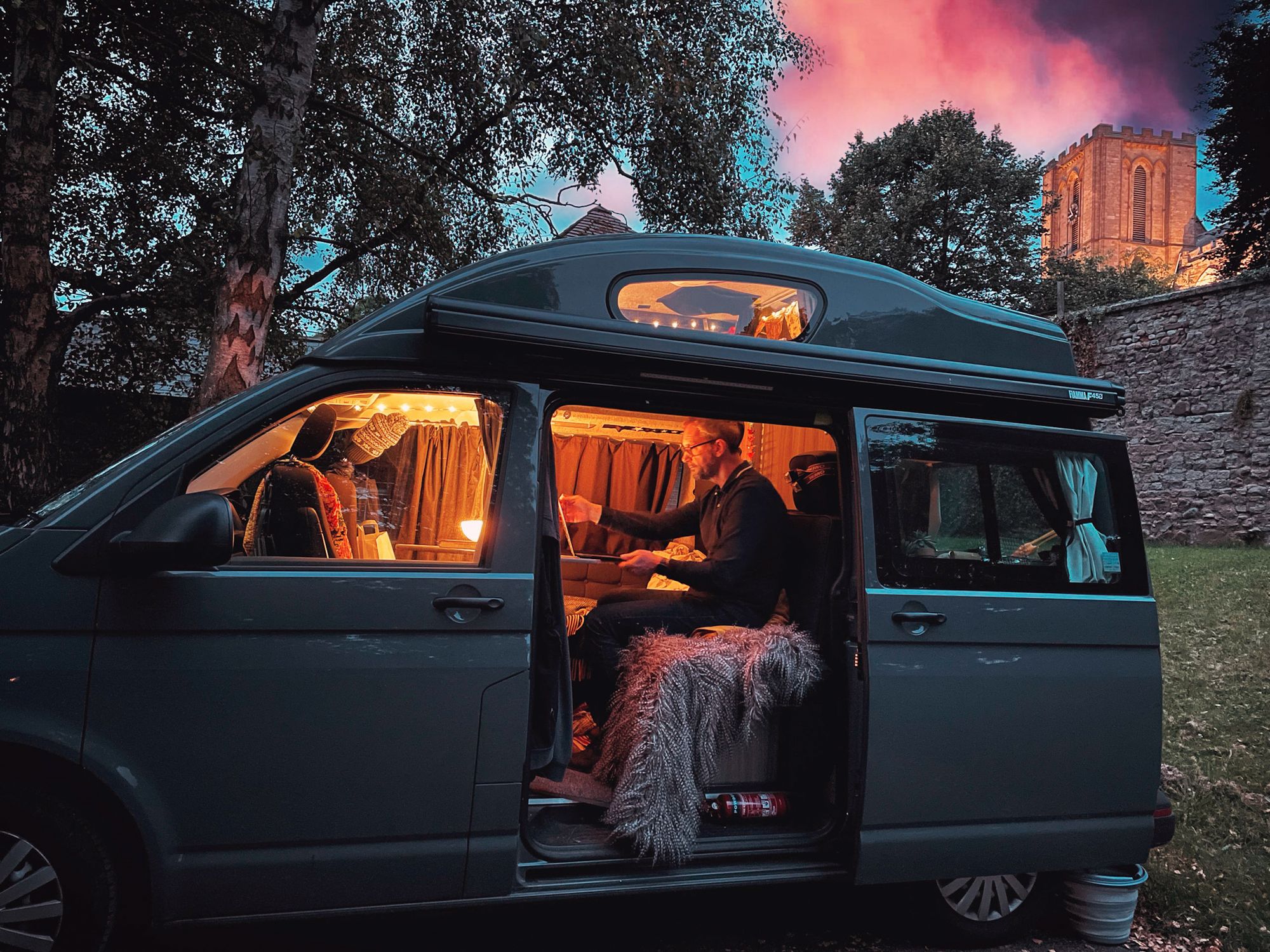

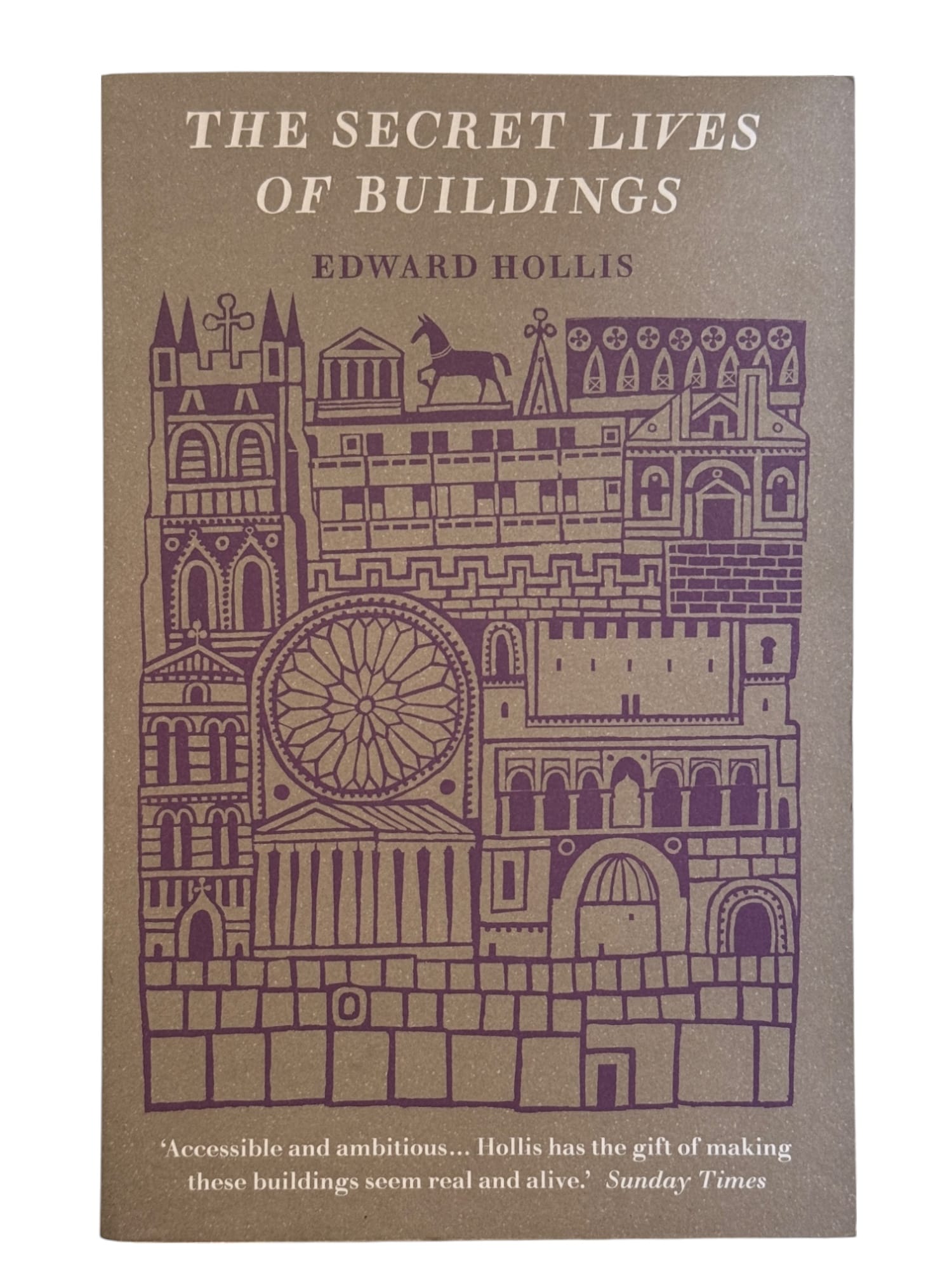
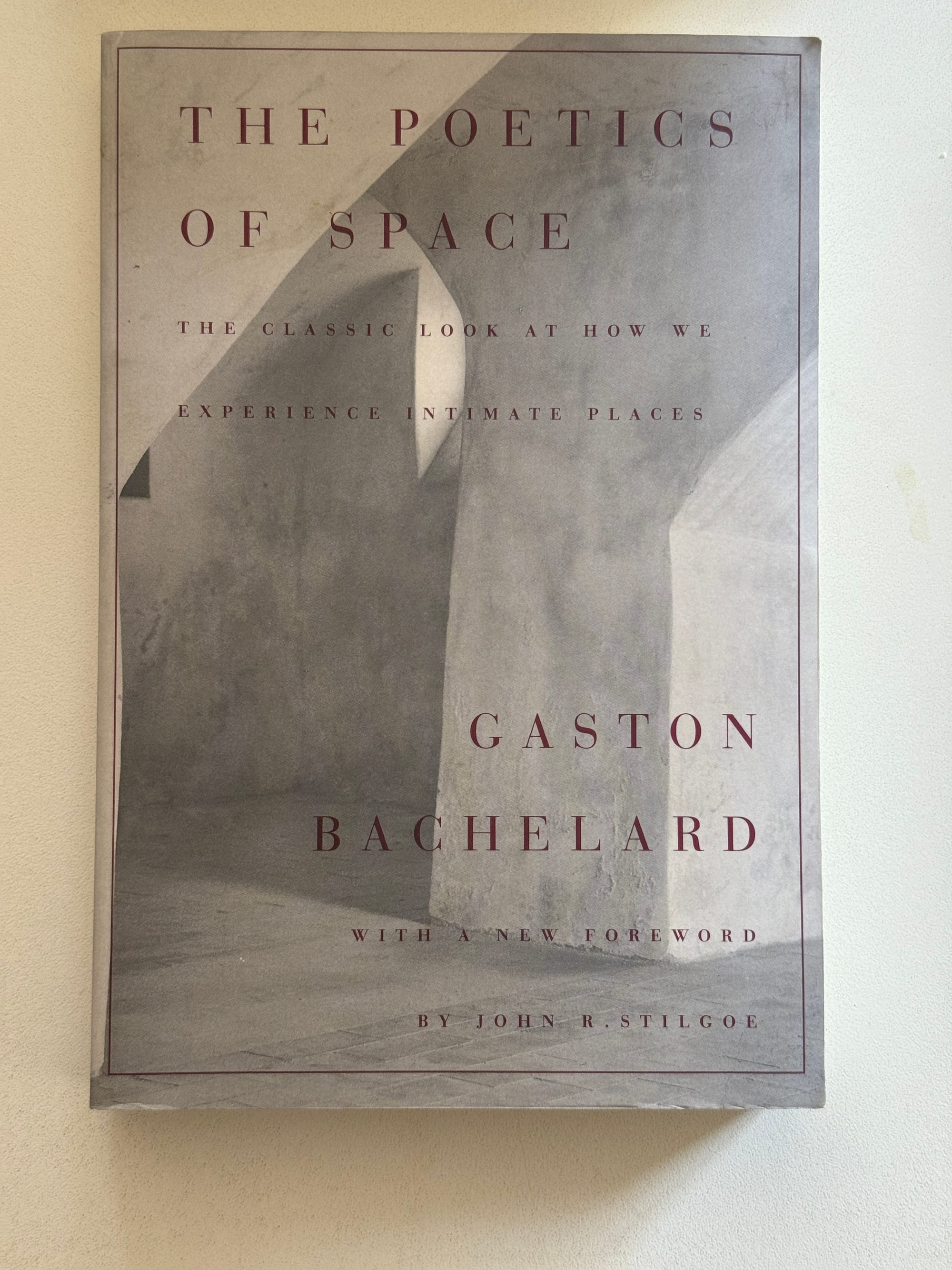
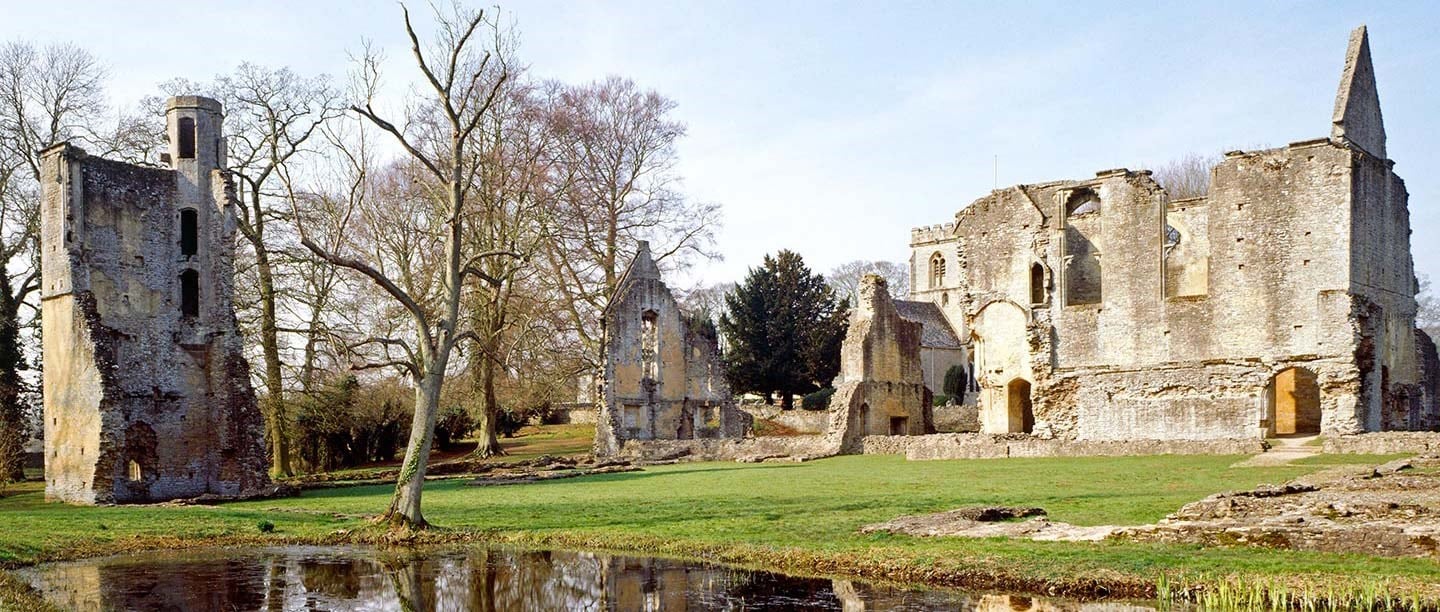

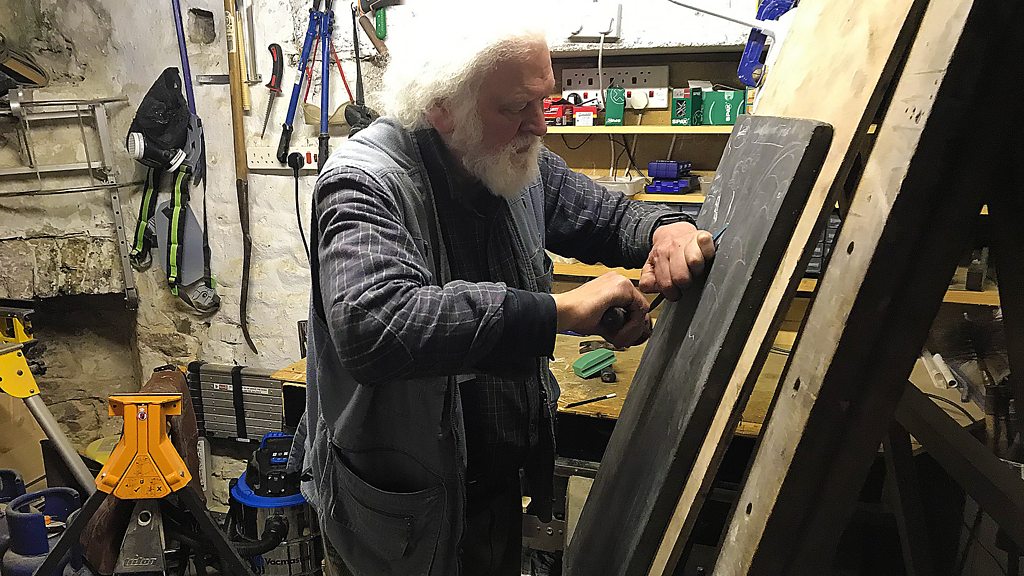
All about the light
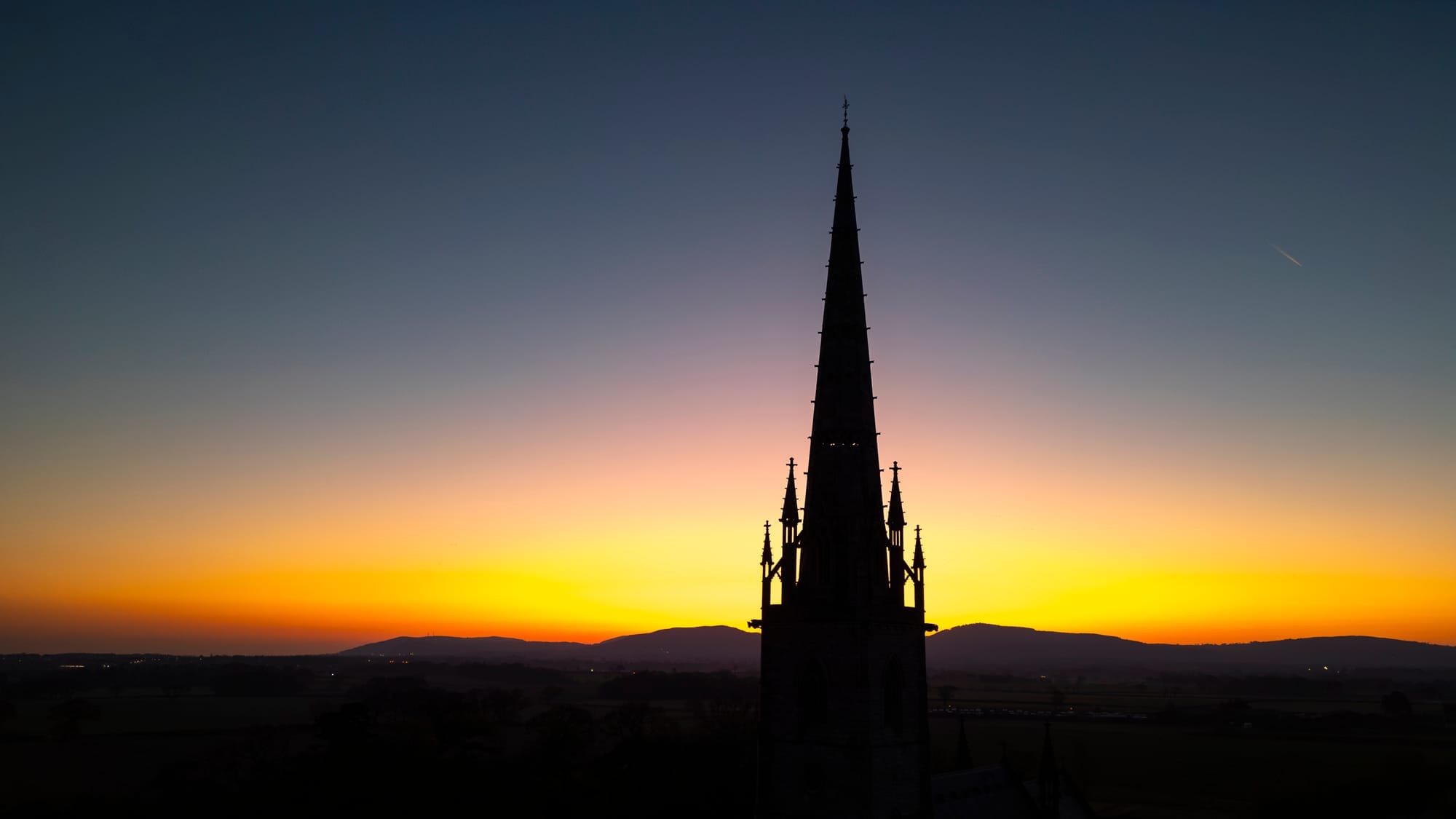
And then, without warning - a chiaroscuro. The landscape delivers its crescendo: the spire of the Marble Church piercing the firmament from a brace of gargoyles, that project above a dip in the distant Clwydian hills.
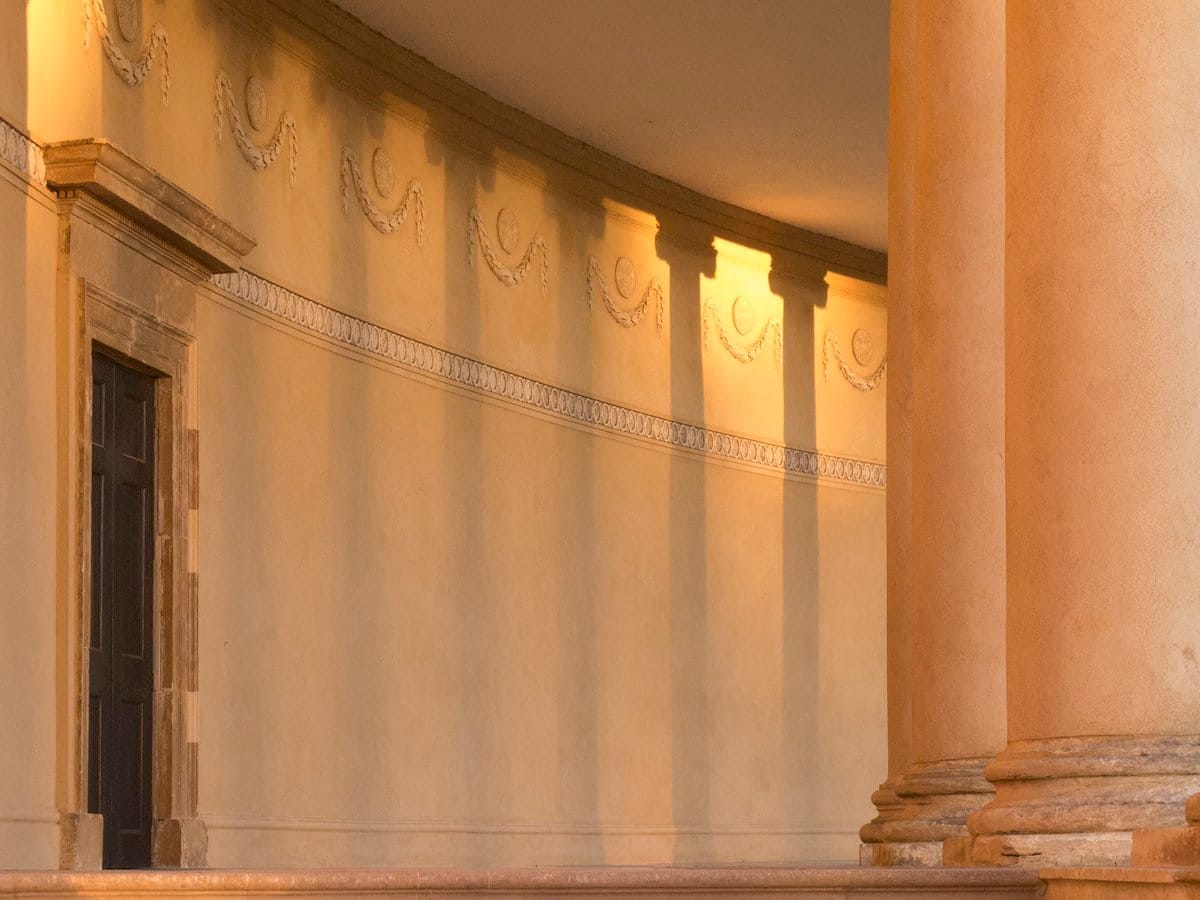
I've seen it gouge out the blandest of stones - an ashlar facade - in Leamington Spa. As flat as a pancake, until the sun angled itself to the west and started to rake out indentations, mortar joints, and screw holes.
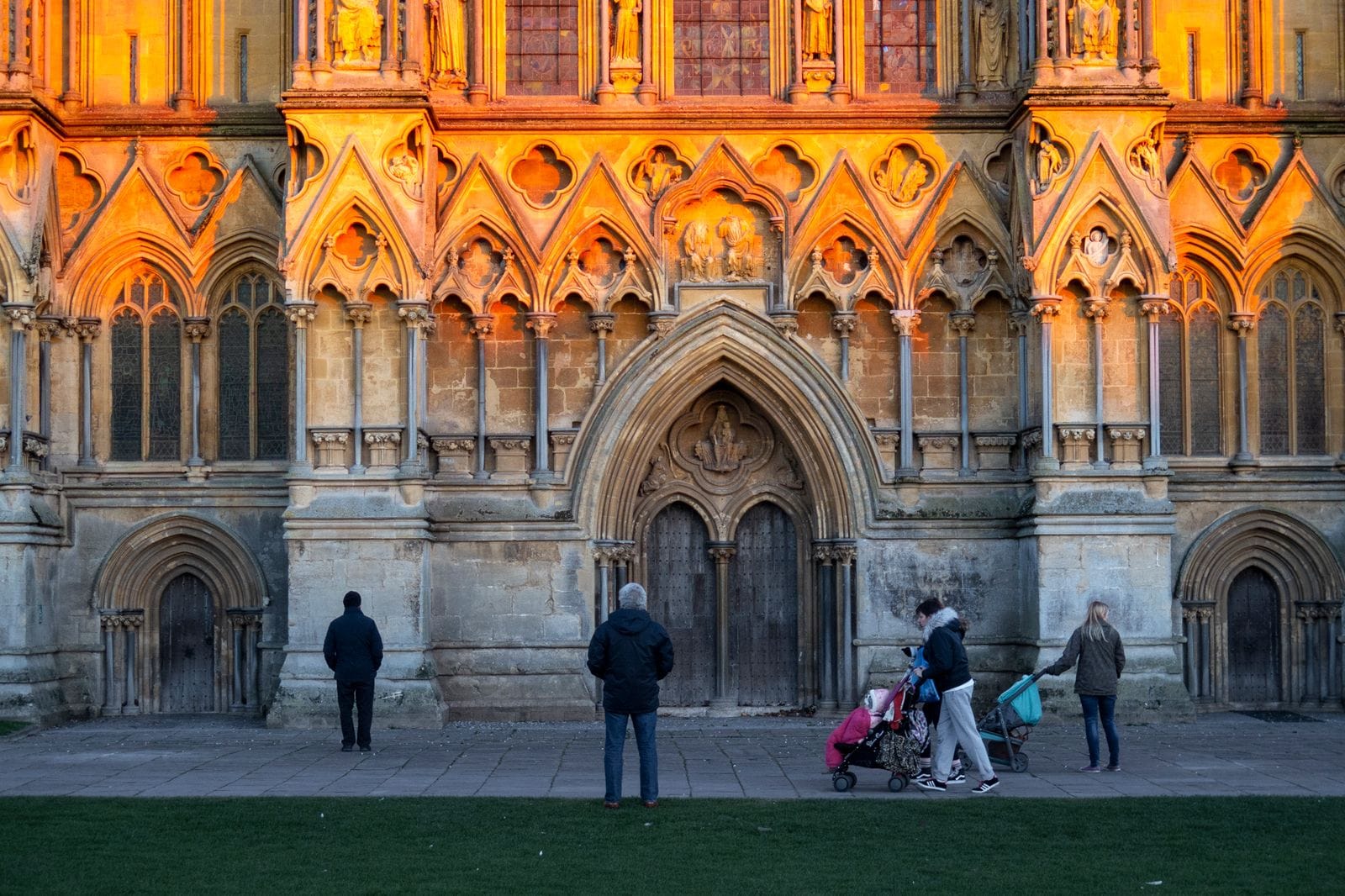
At Wells, on the day, this ecclesiastical light spectacular stopped people in their tracks, fixated by the fluidity, trying to fathom the mechanics of this wondrous event.
Members Comperandum: Misericords has been updated! (Quite a collection here)
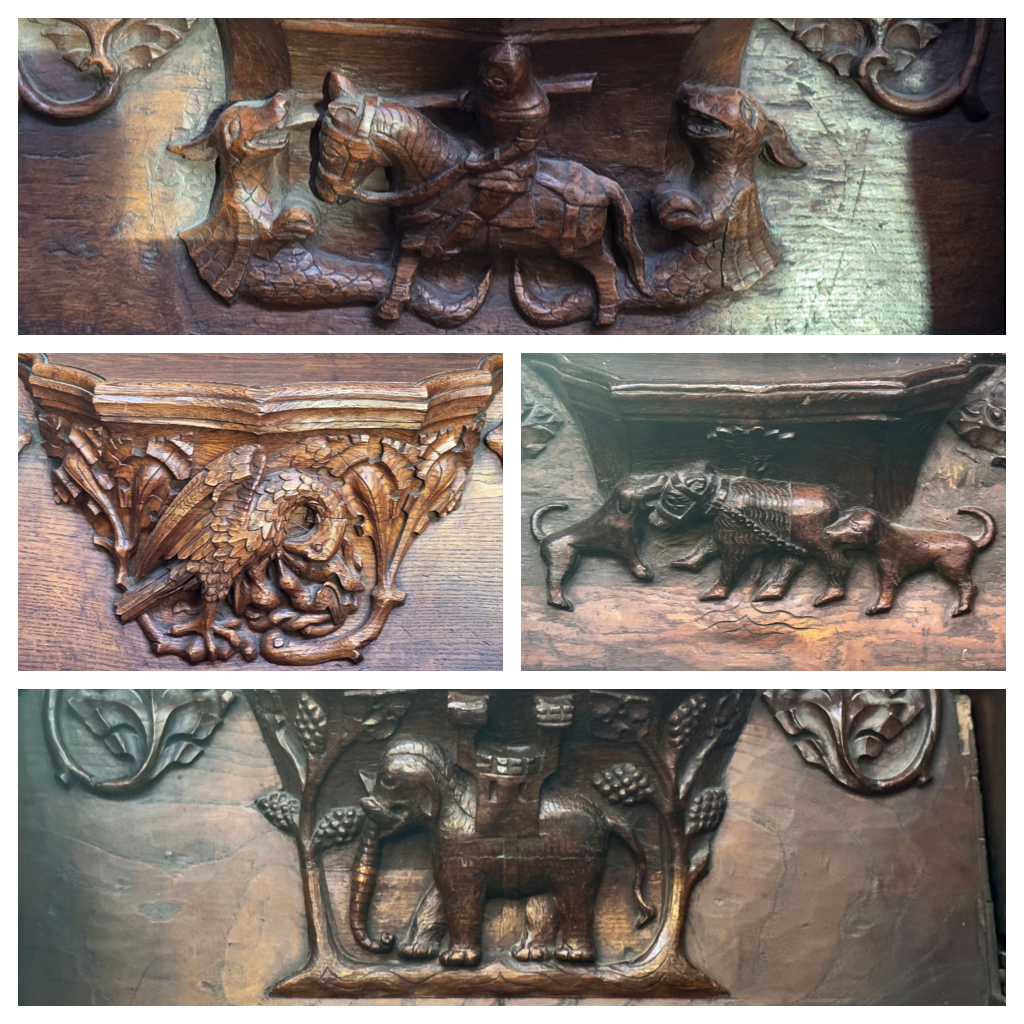
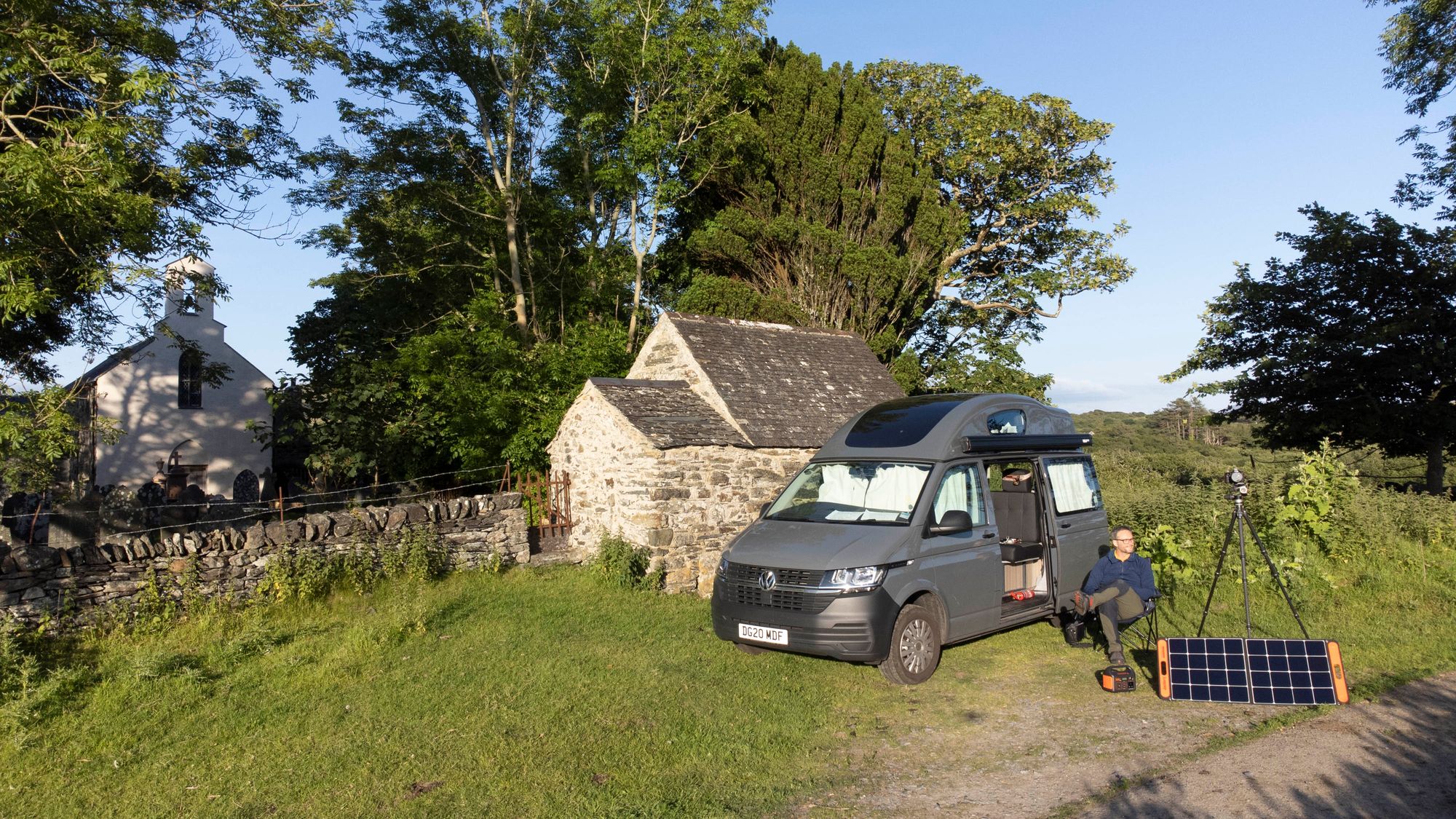
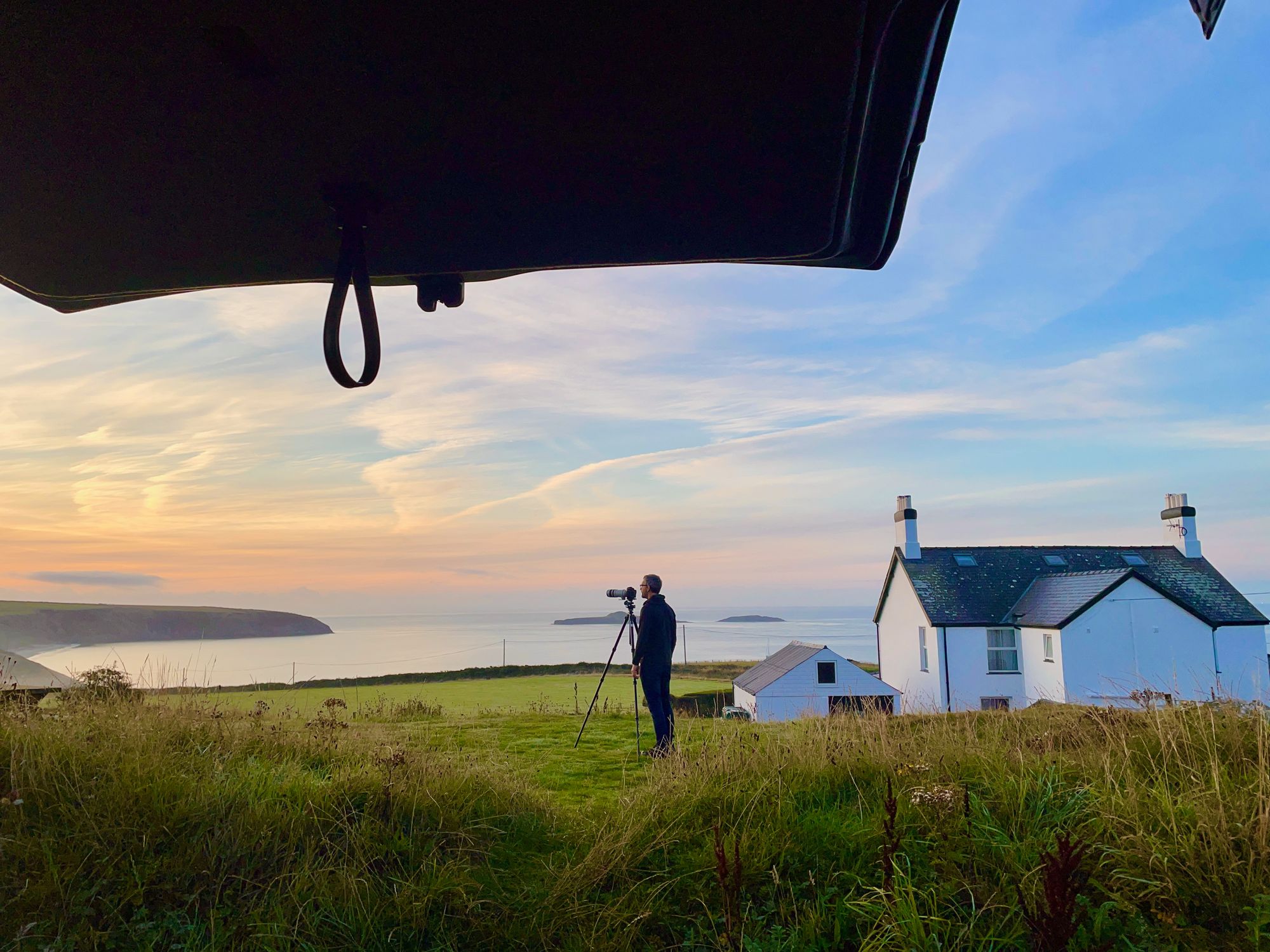
Recent Digest Sponsors:
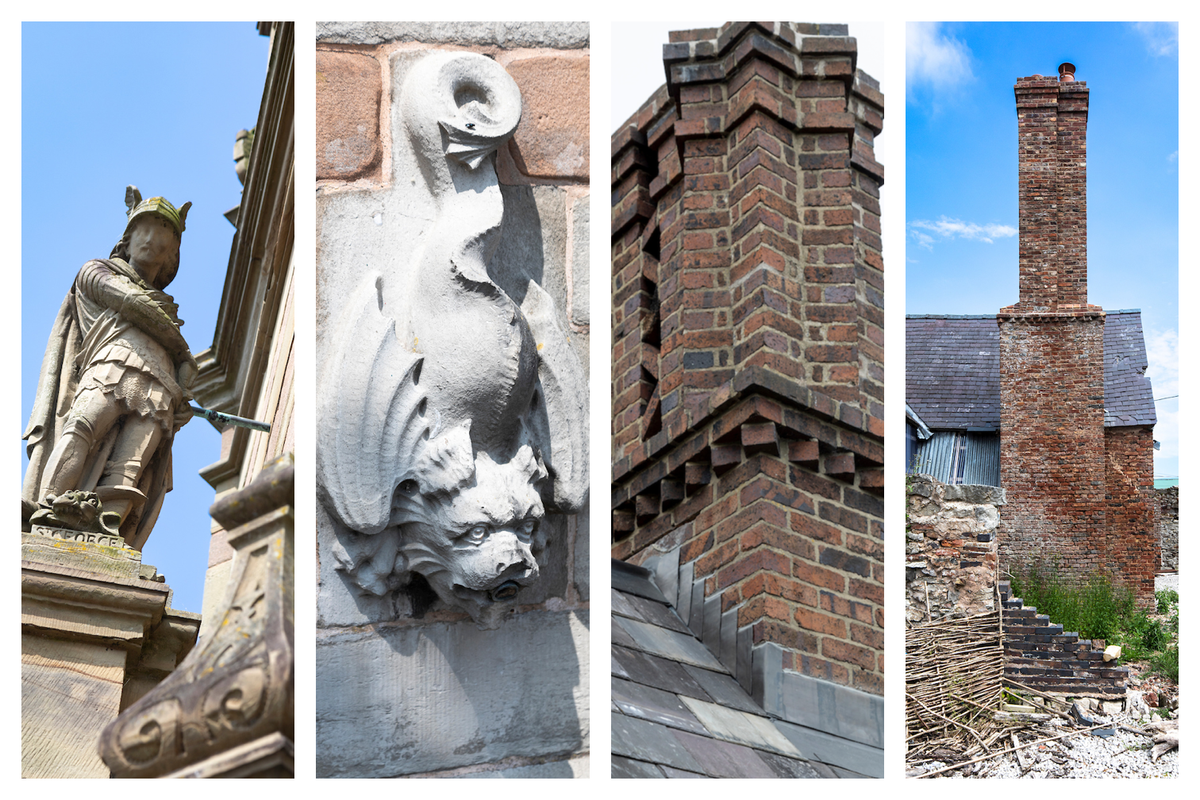
Member Powered Photography (MPP) is helping me offer my professional services for free to historic locations in Britain. I've set up an MPP status page which is updated regularly here:

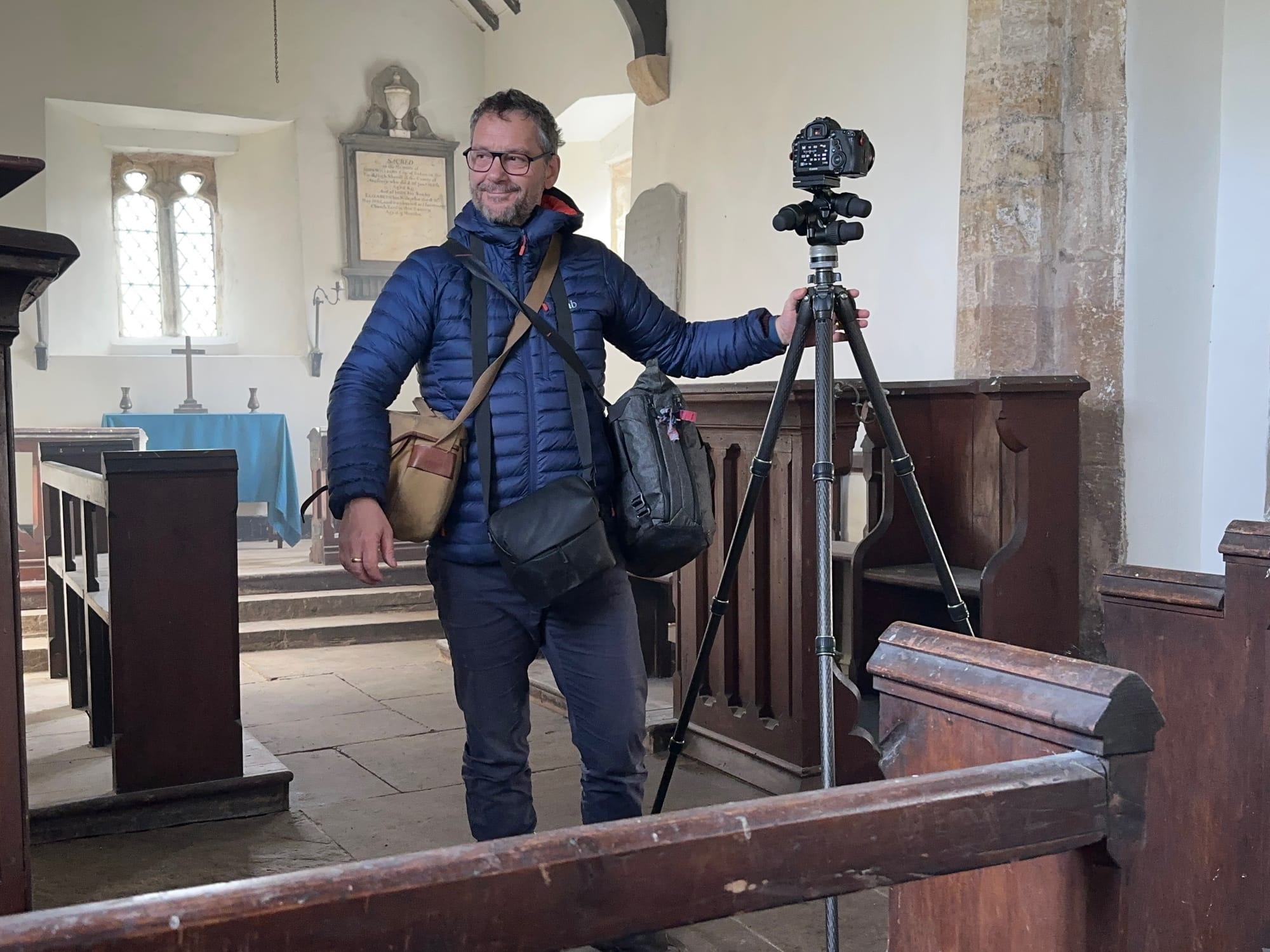
I know these are difficult times, but if my work has resonated with you – through words, photographs or drawings – and you’re in a position to support it, I’d be deeply grateful.
Becoming a member helps me keep the arts alive – and enables me to offer free photography to places like Burford, preserving their stories for future generations.
You can also make a donation, or purchase a piece of my art – each option plays a part in keeping this work going.
Thank you – for reading, for sharing, and for being part of this journey.
Become a Member:
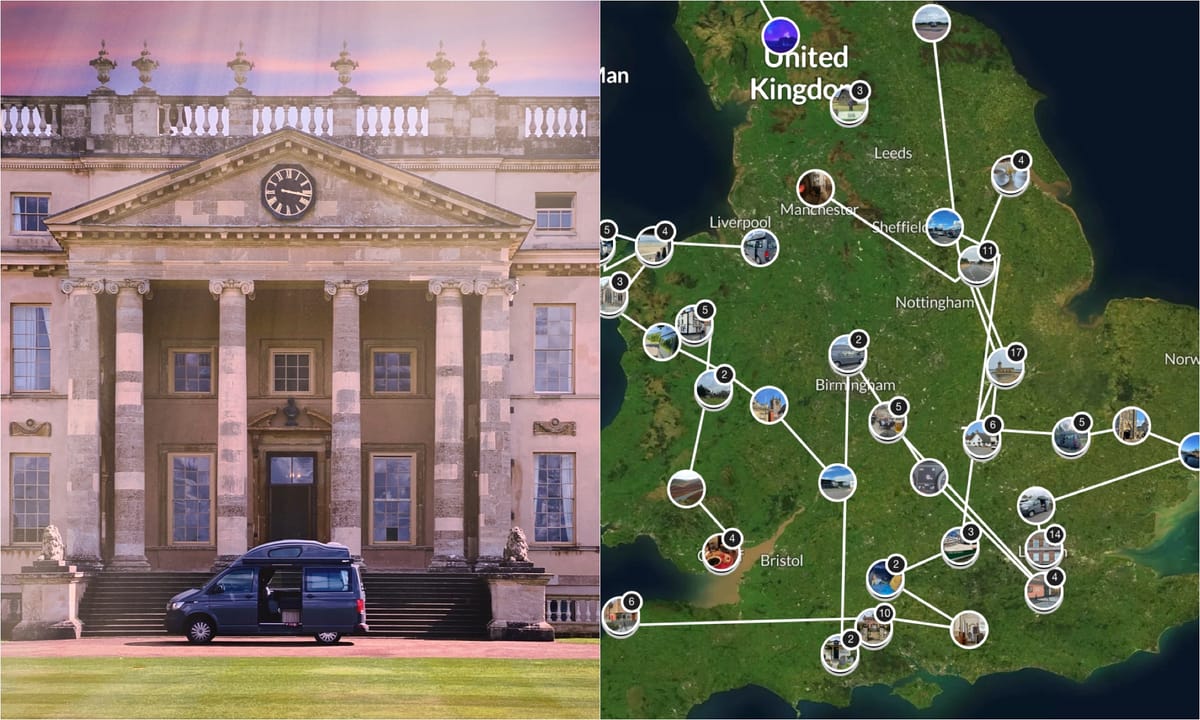
Make a Donation:

Purchase Art:
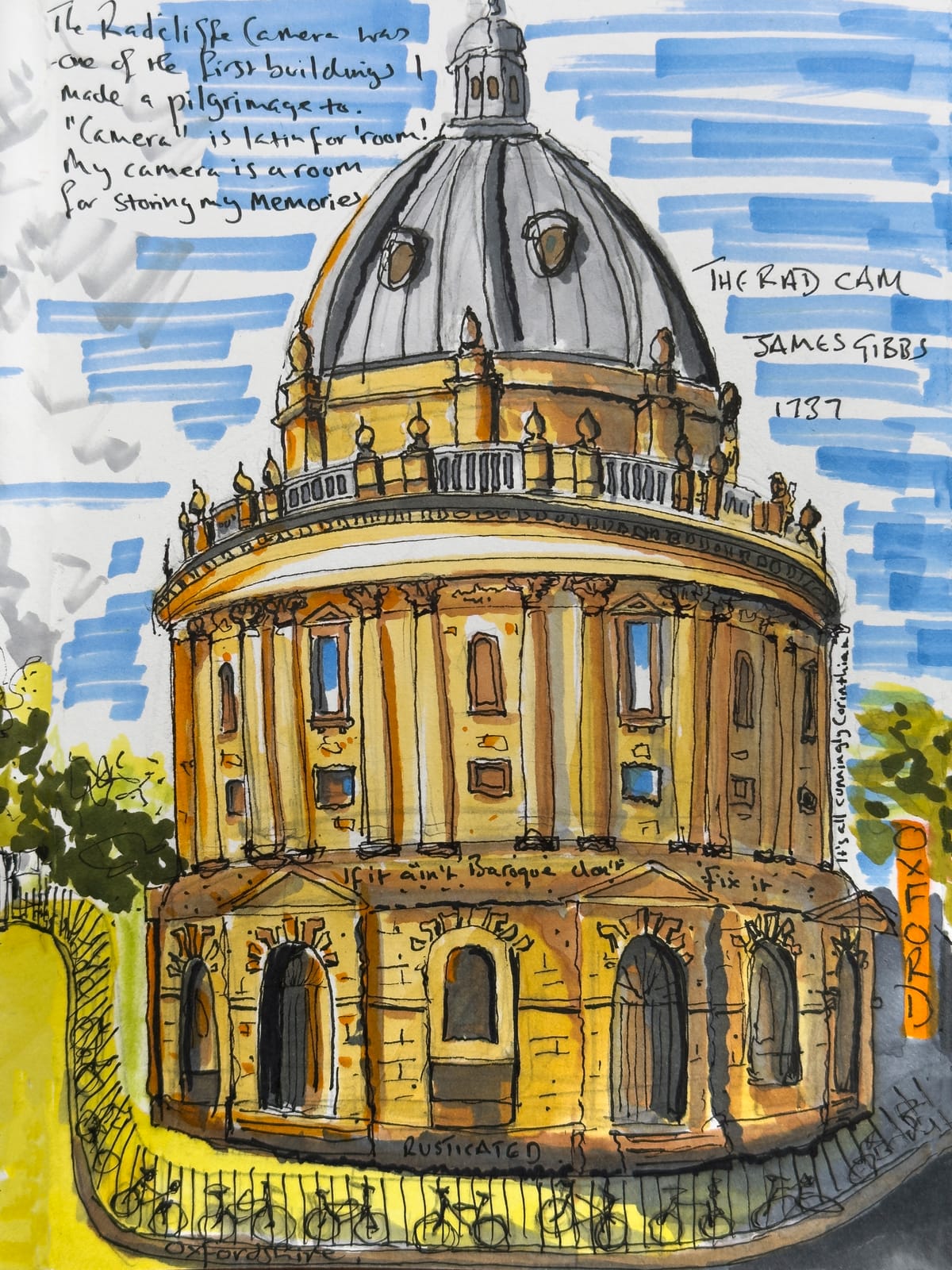
Companies can sponsor me too - more here:
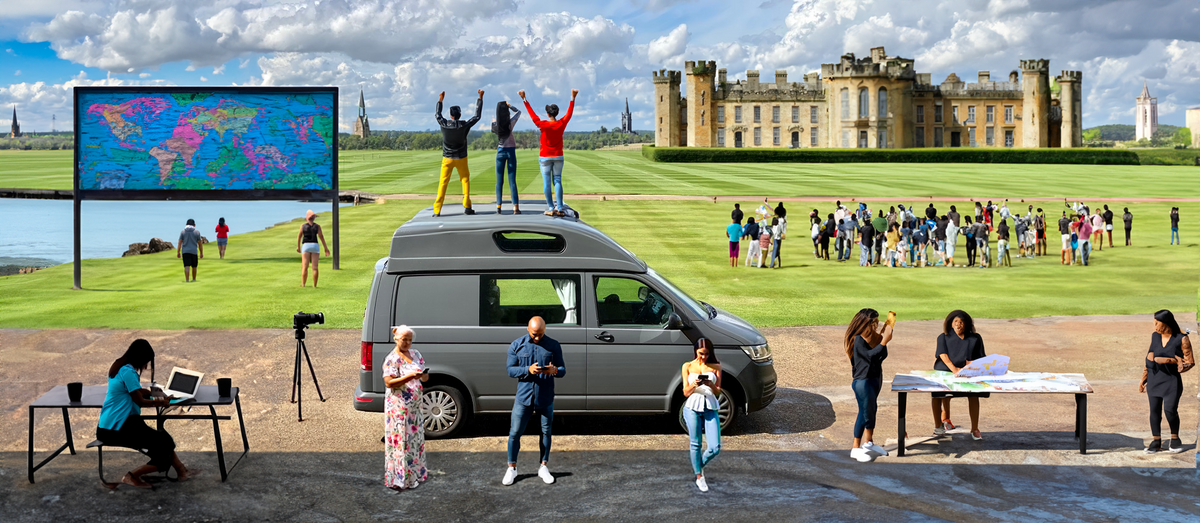
If you would like to know why I set up a Membership programme there's more here:
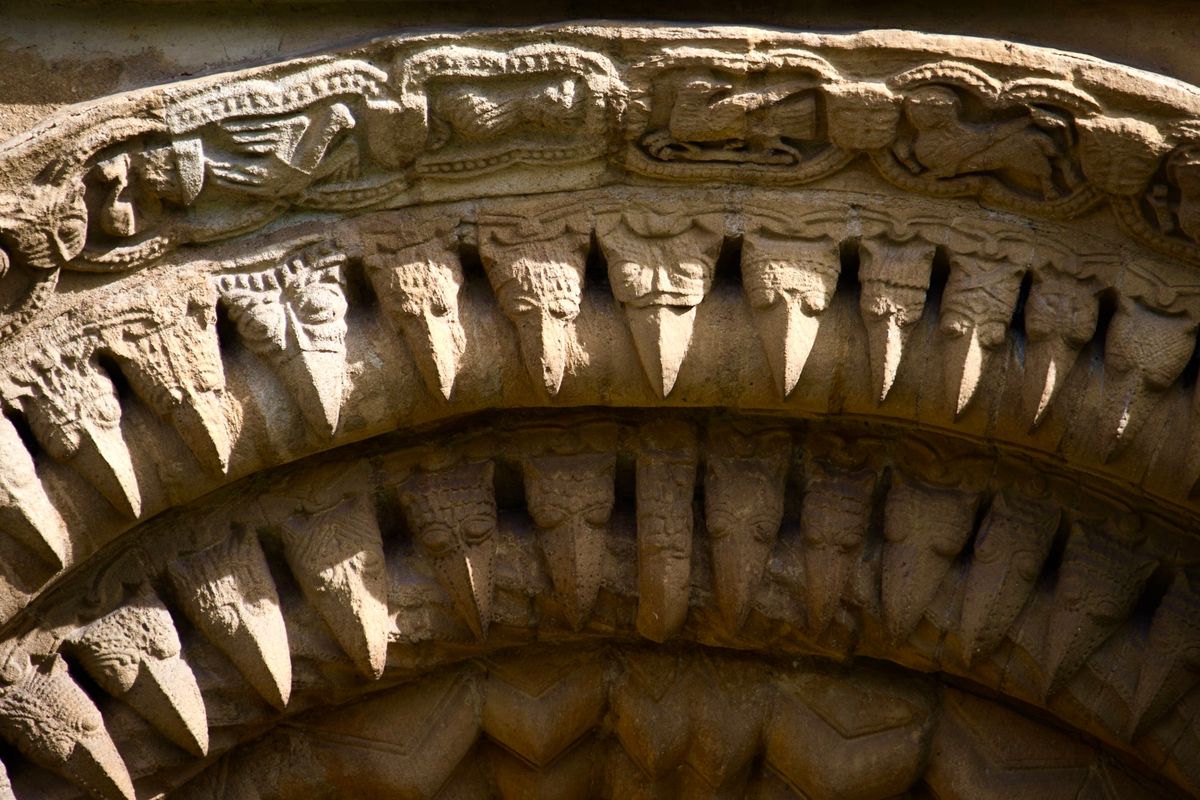

Atelier - My Art Shop
Visit My Art Shop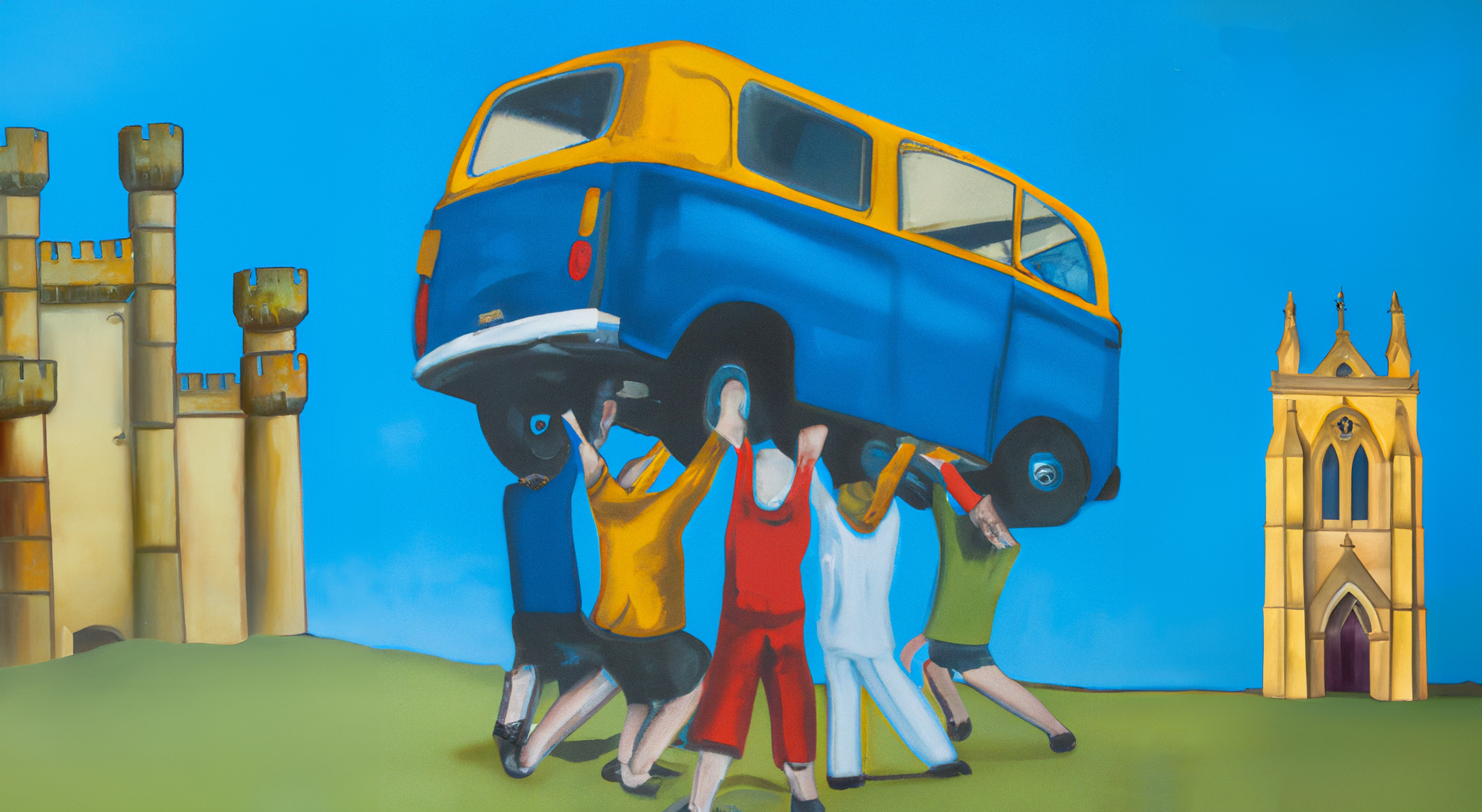
Do you know of a company or firm that might be able to sponsor the digest? Sponsorships are now going towards Member Powered Photography and recorded on the Donations Page.
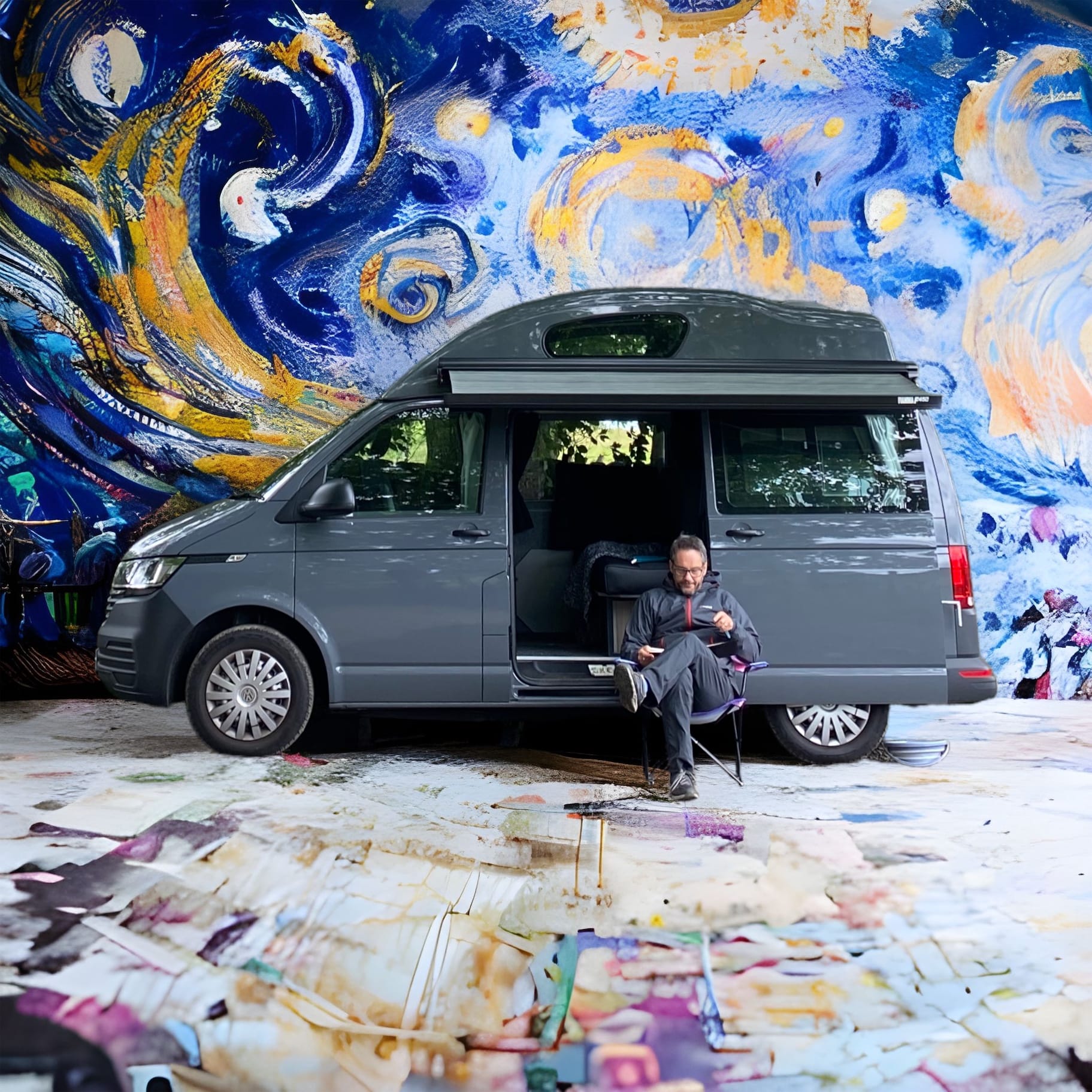
Sponsor a Membership and get your own landing page on the Digest
More information here
Thank You!
Photographs and words by Andy Marshall (unless otherwise stated). Most photographs are taken with Iphone 16 Pro and DJI Mini 3 Pro.
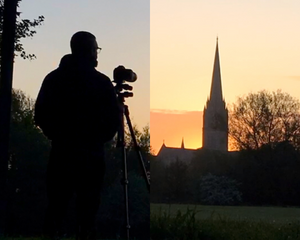


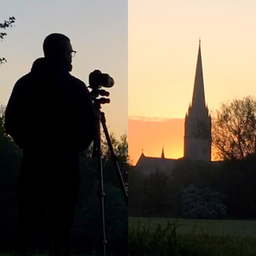



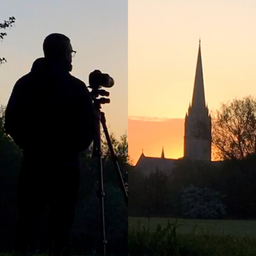
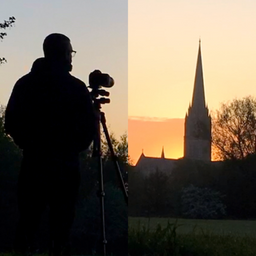
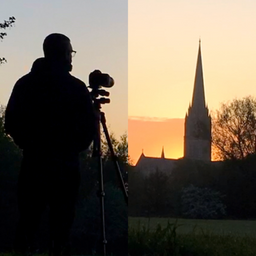
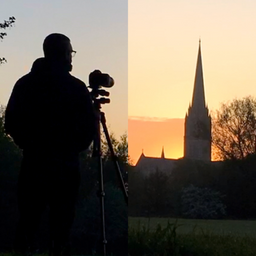
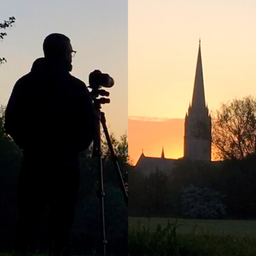
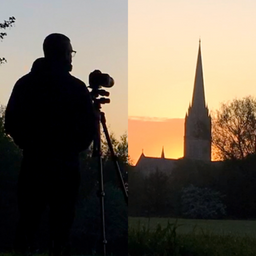
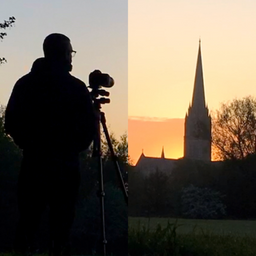

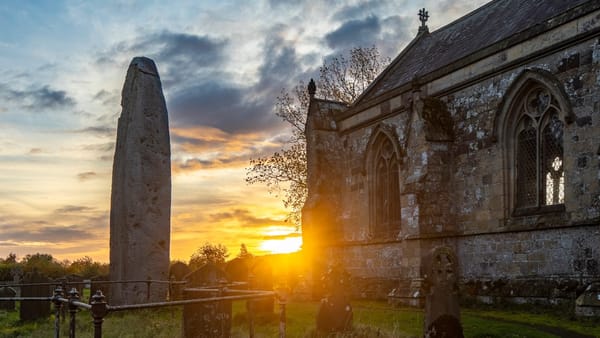
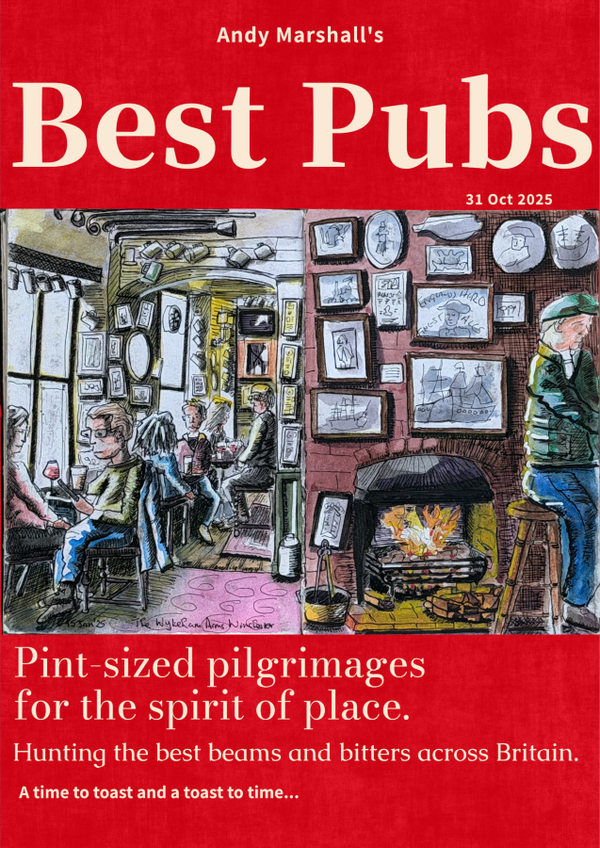
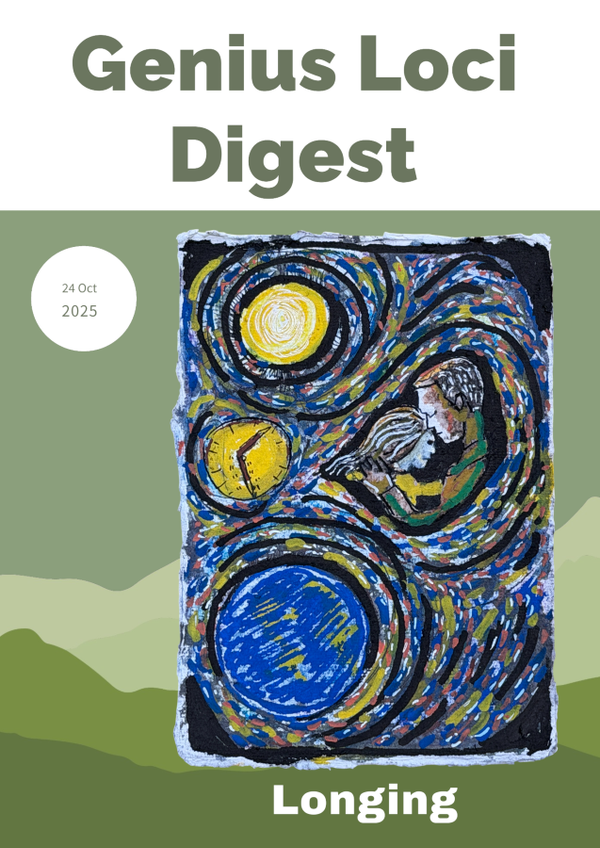
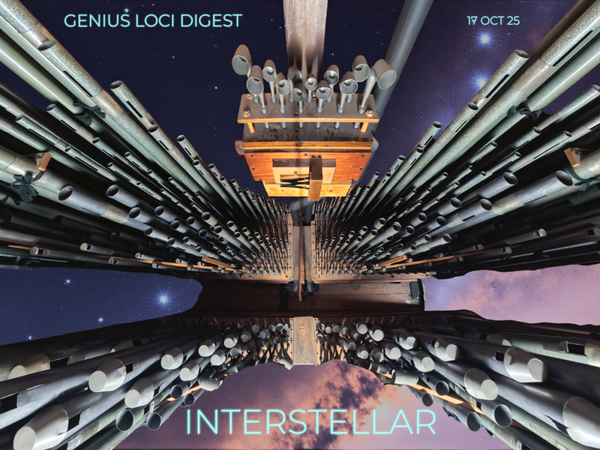
Member discussion